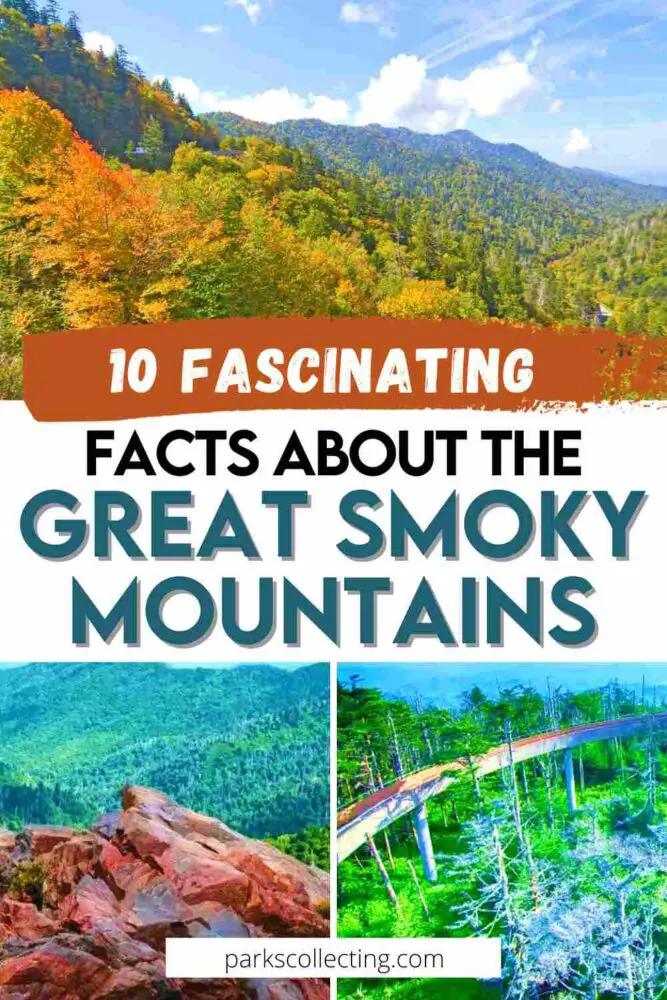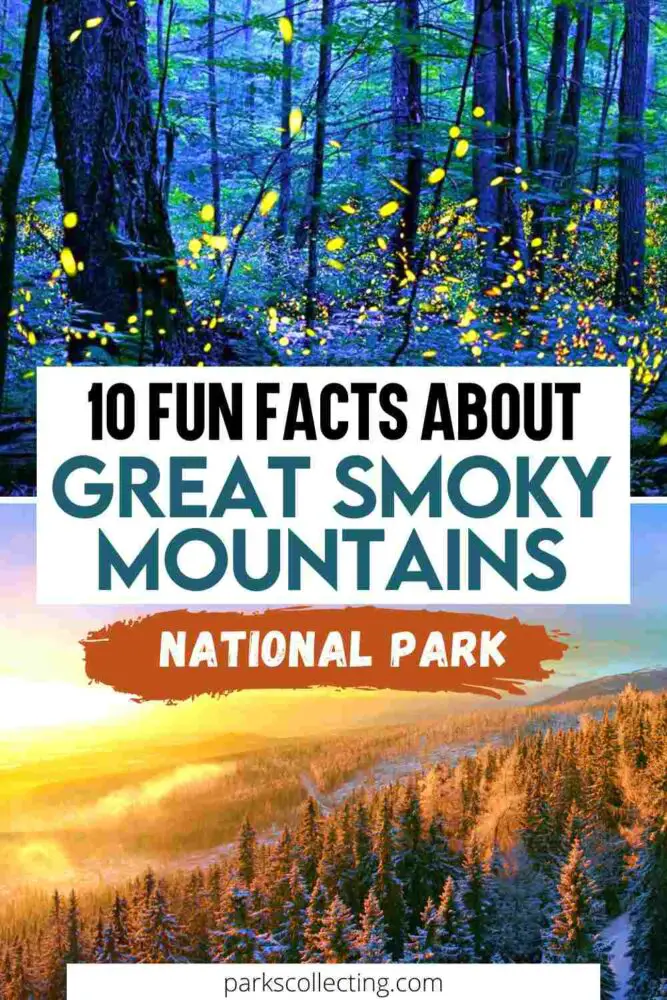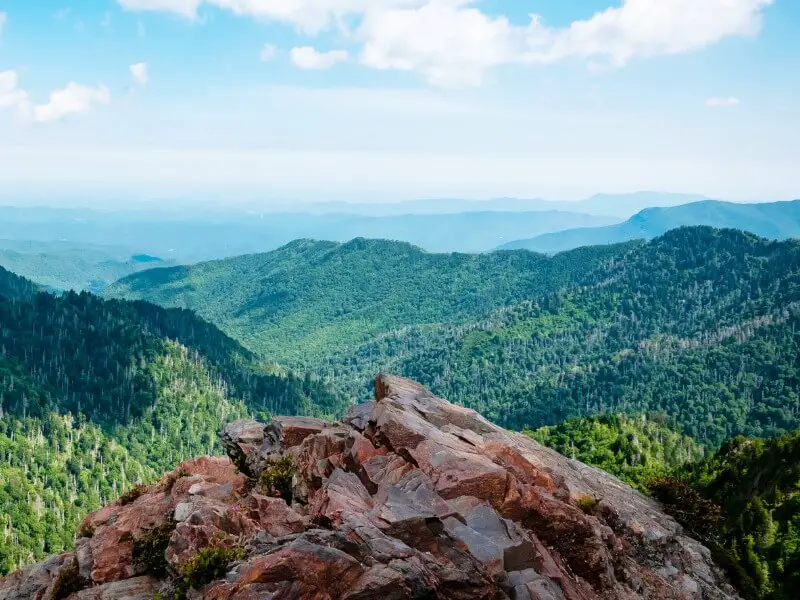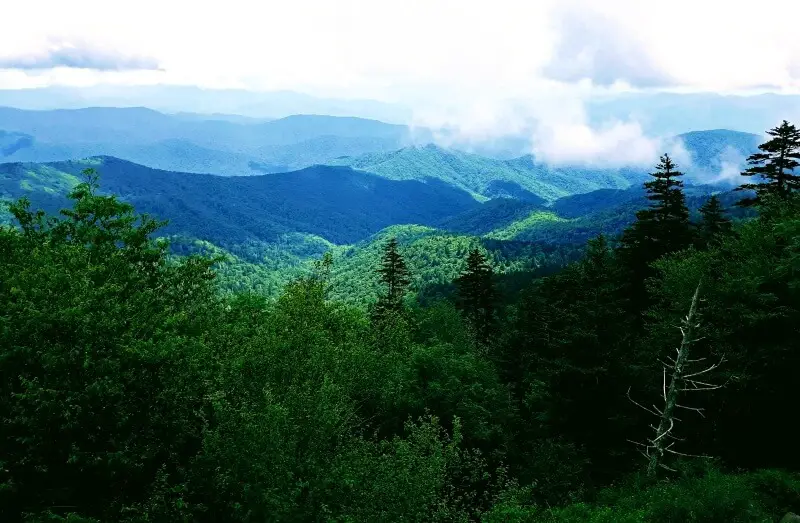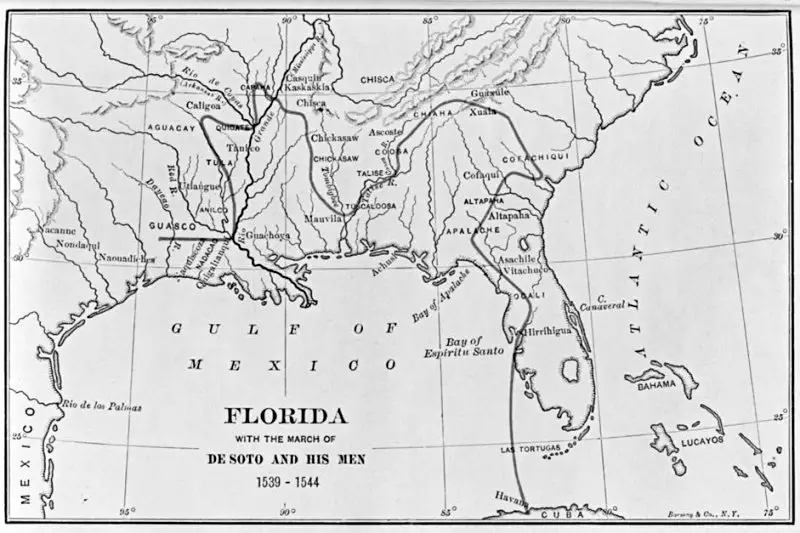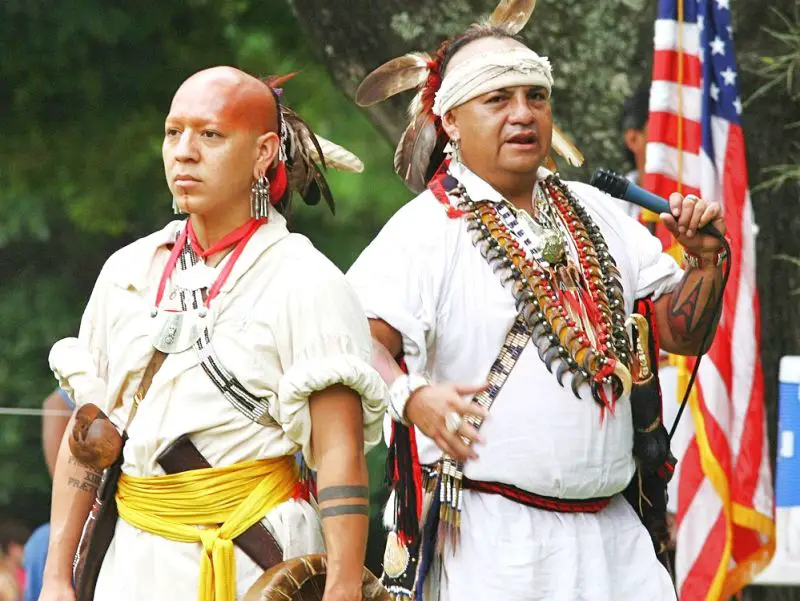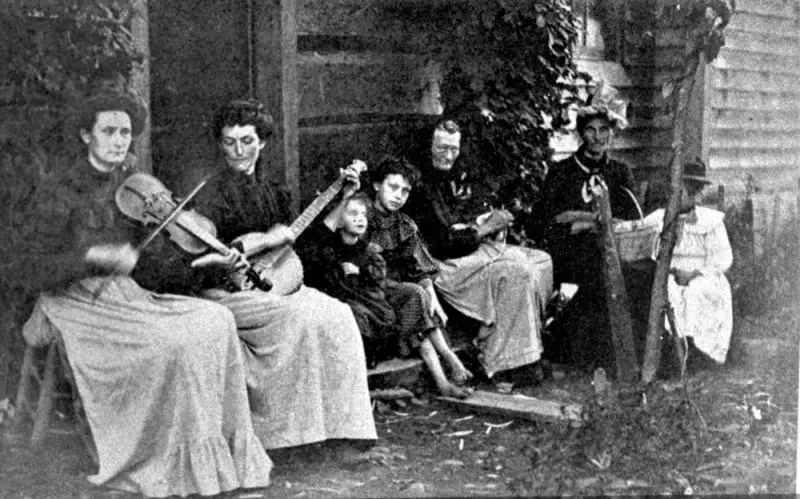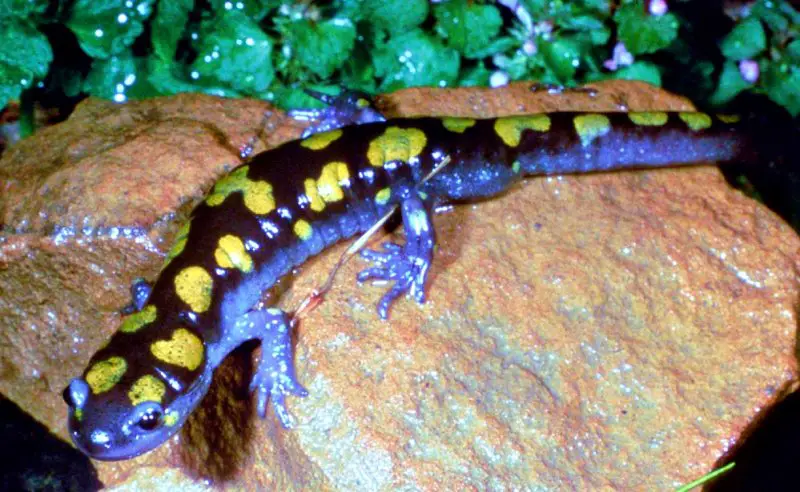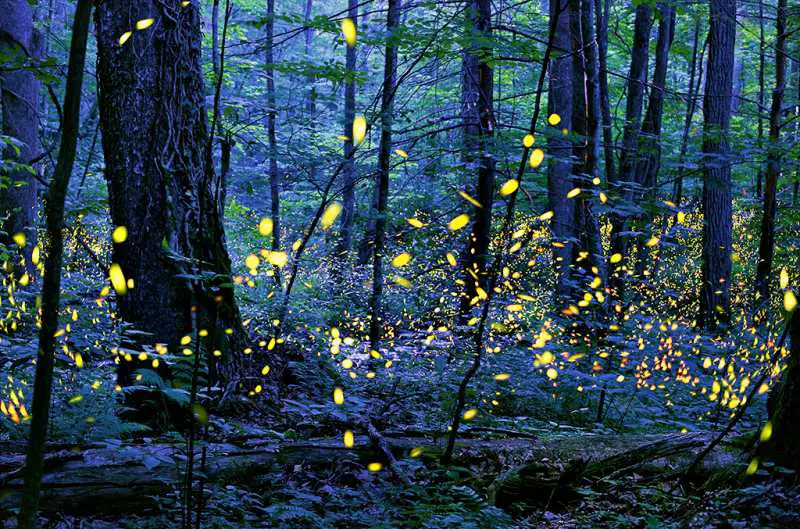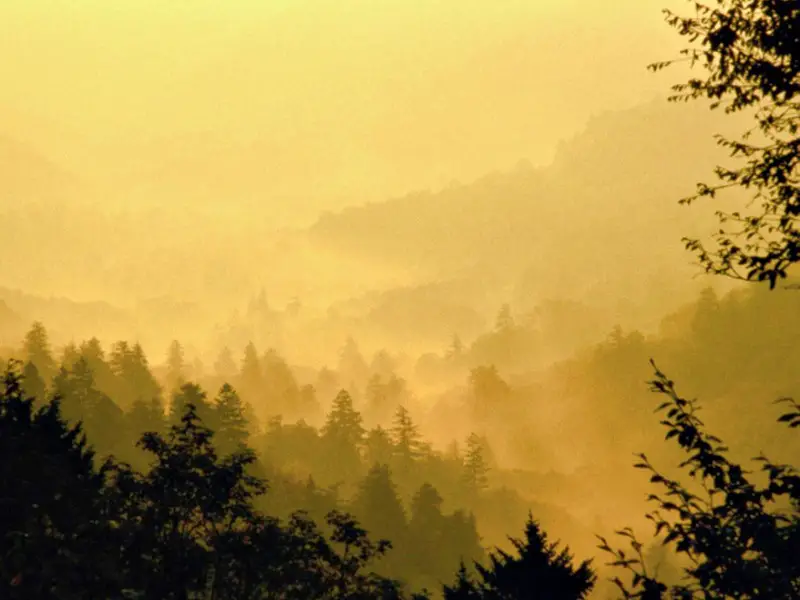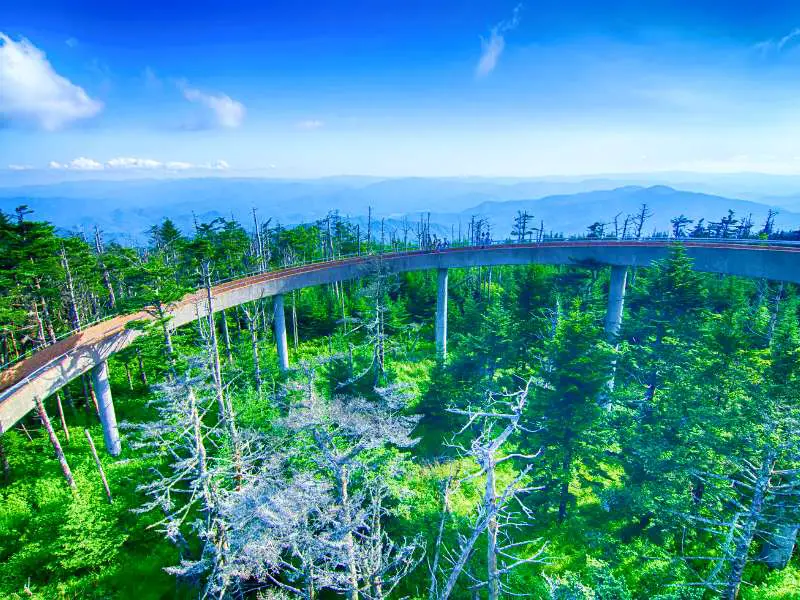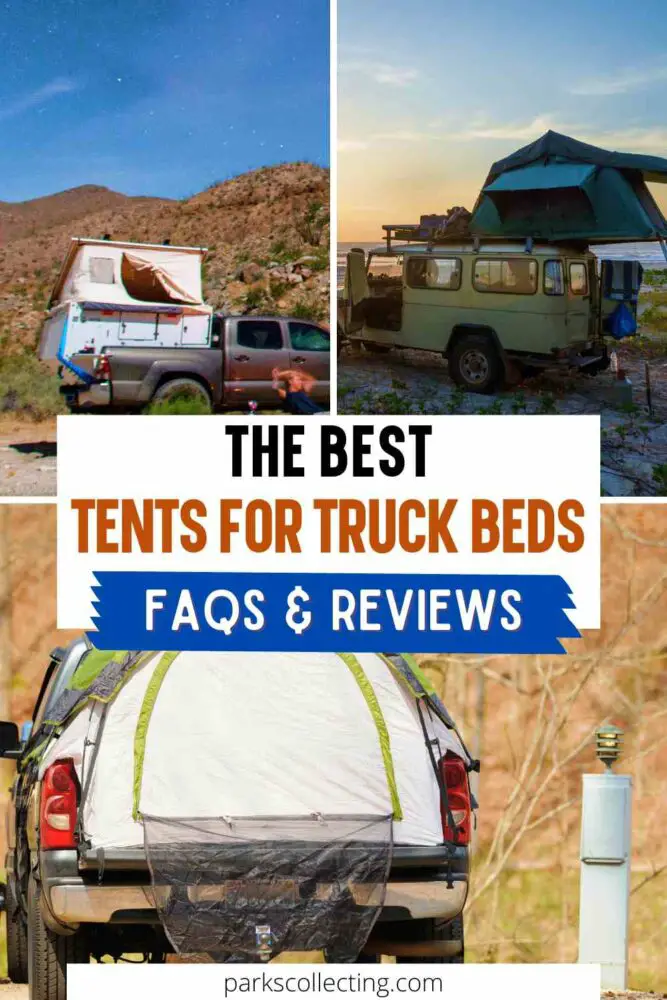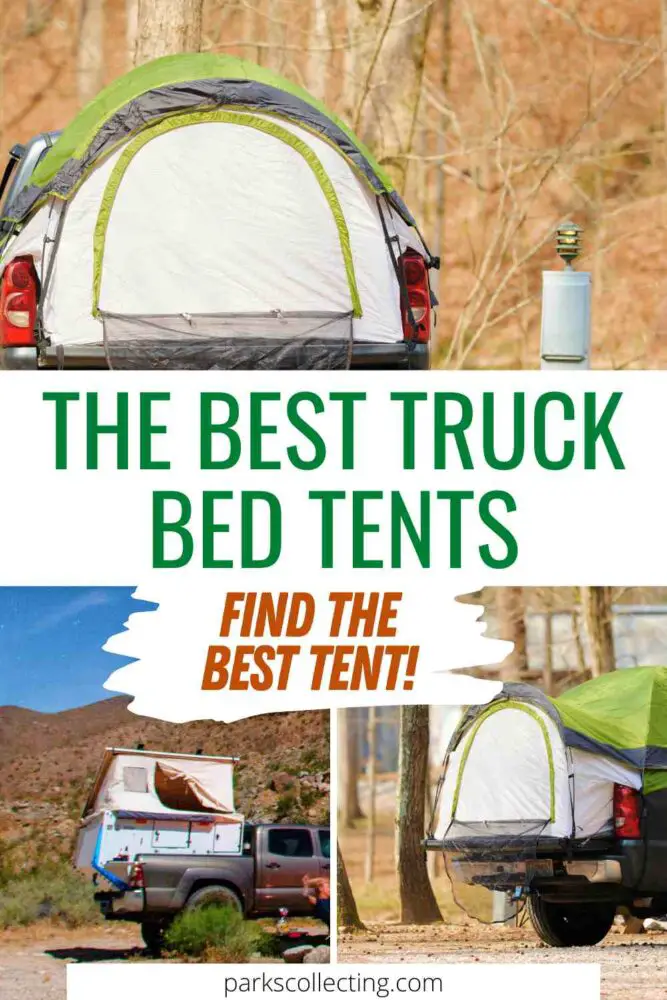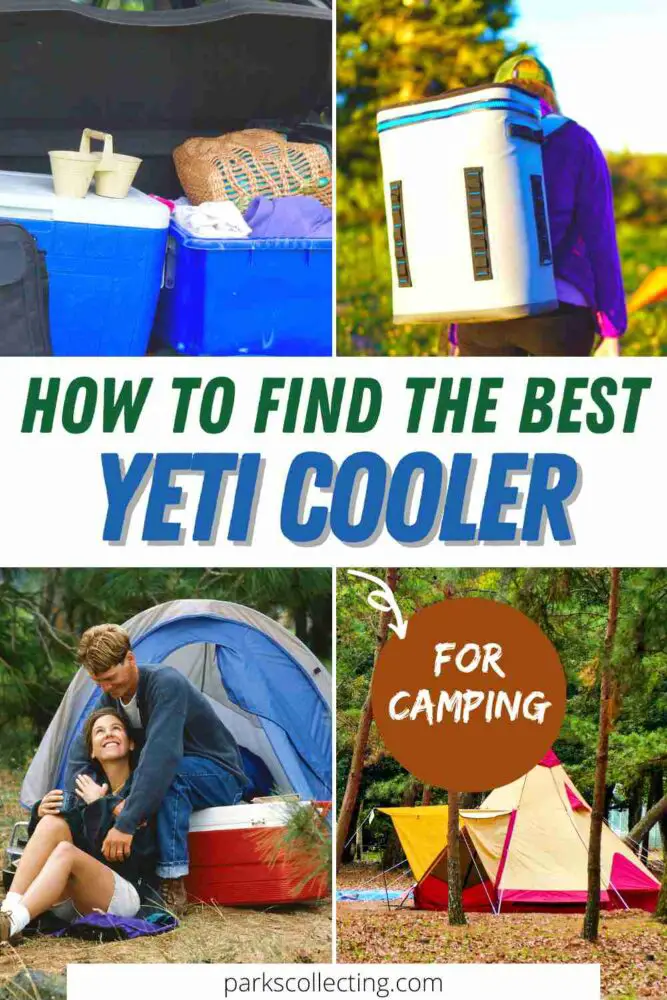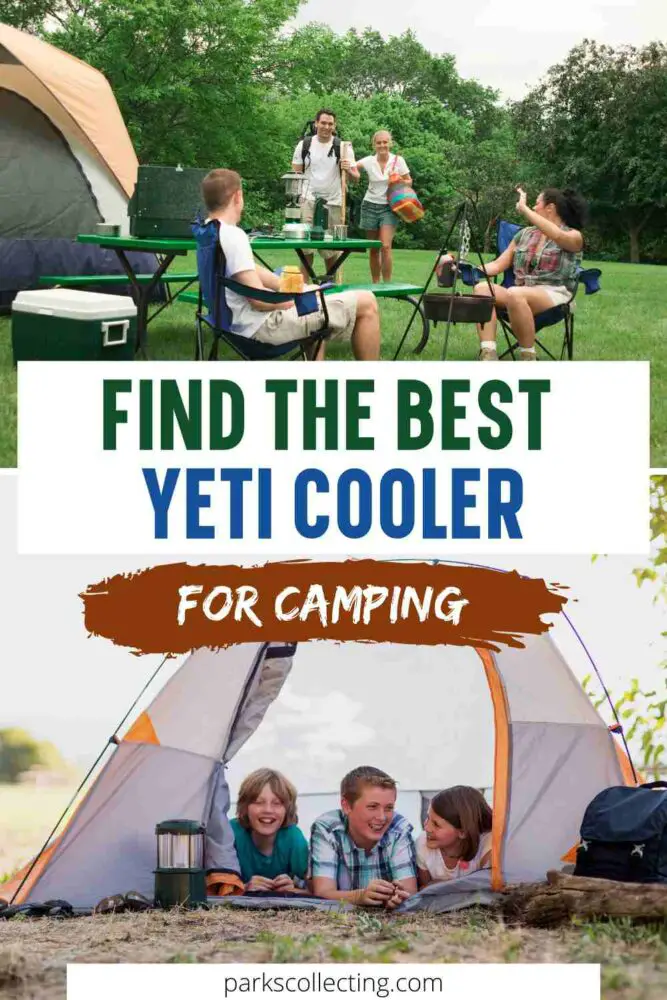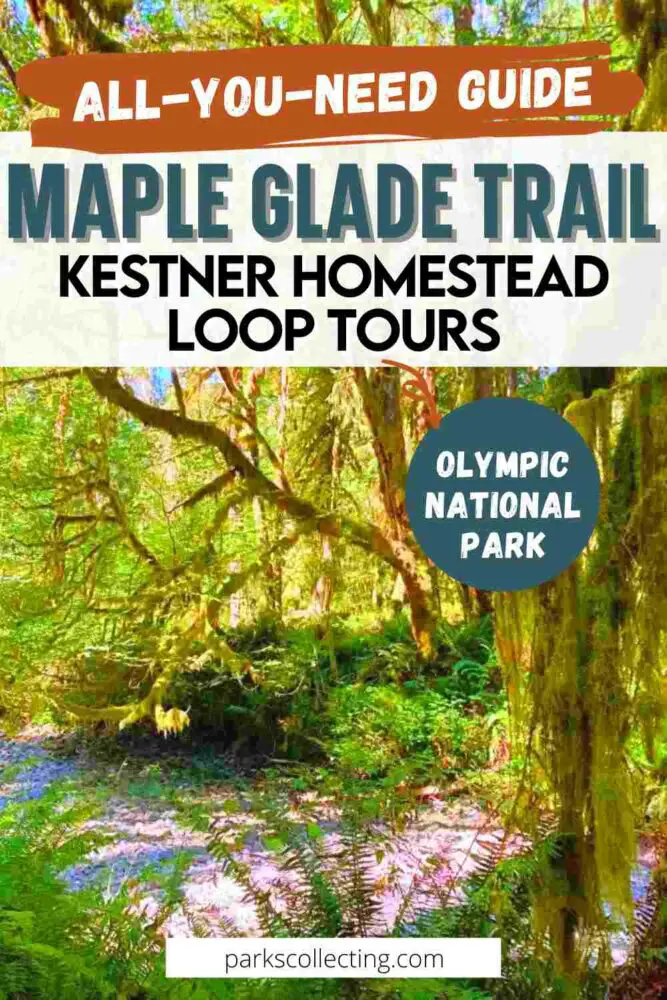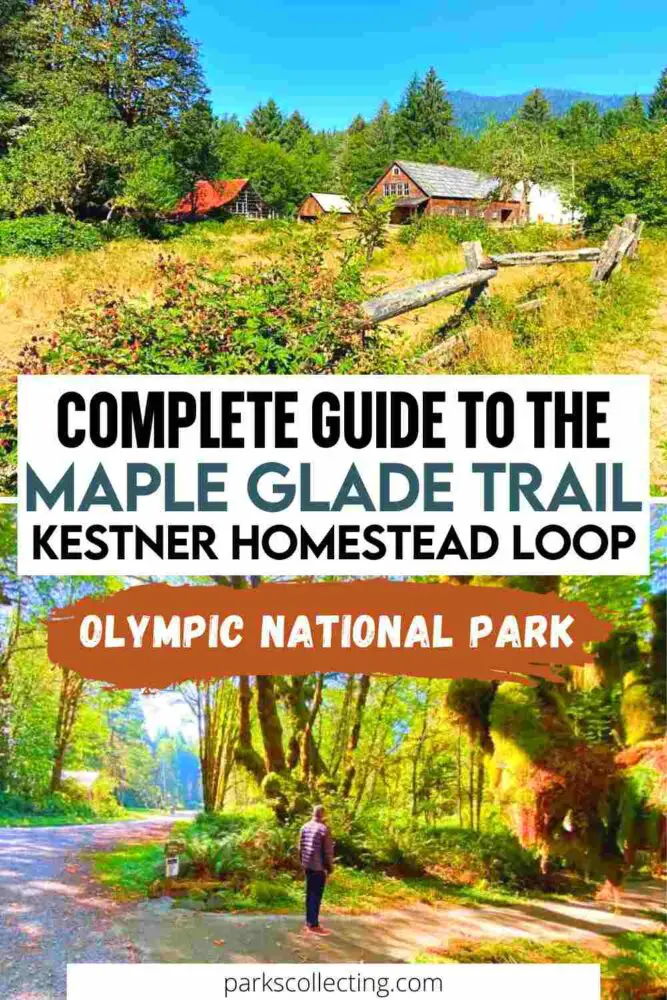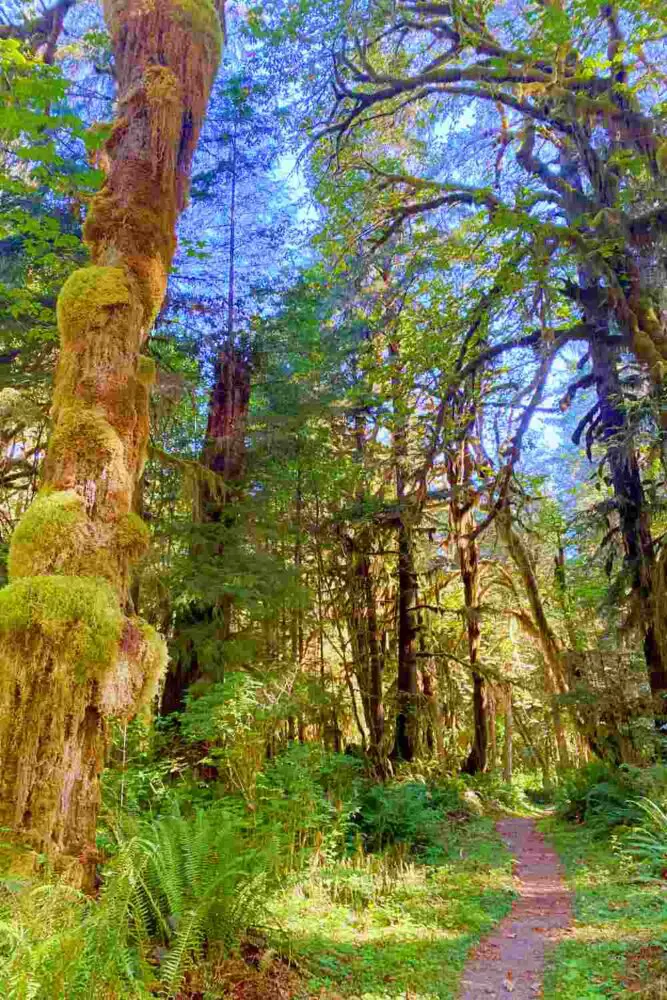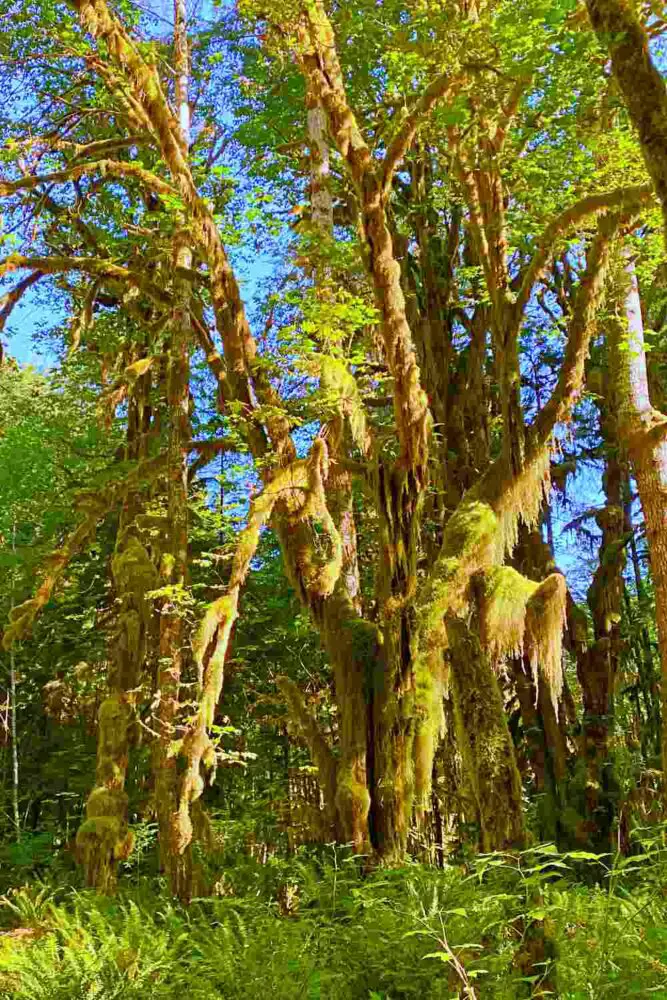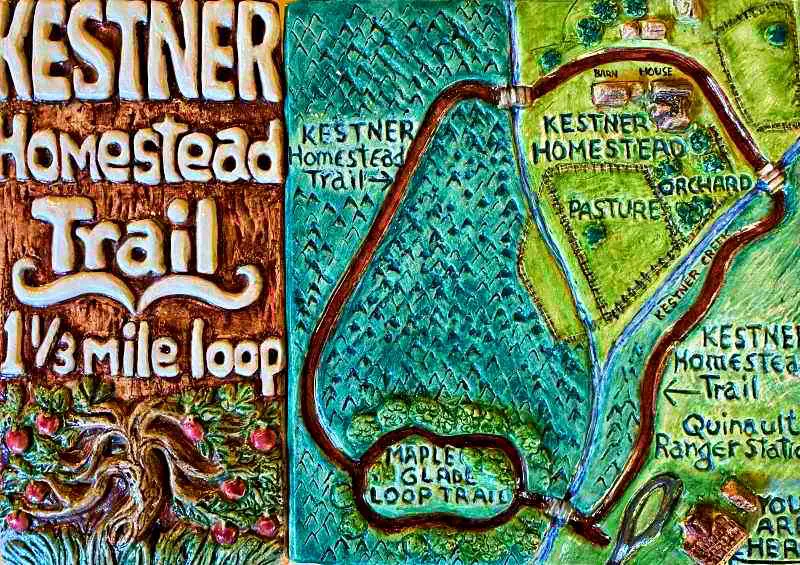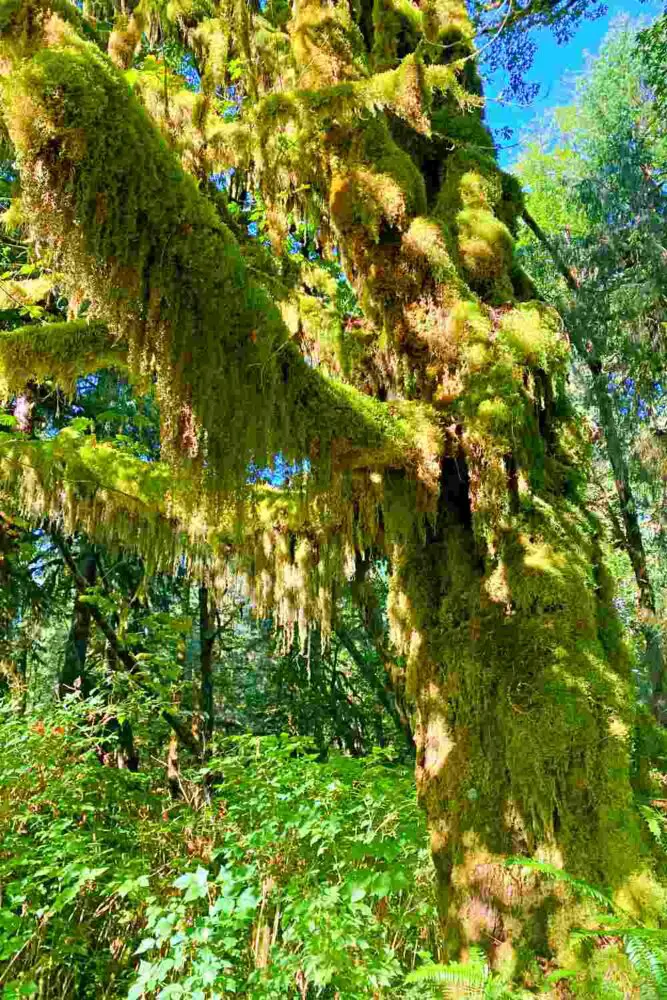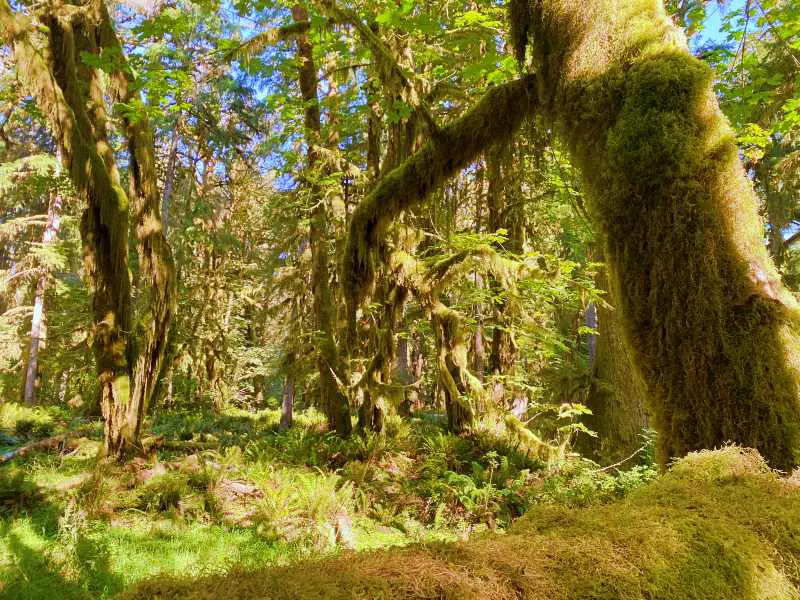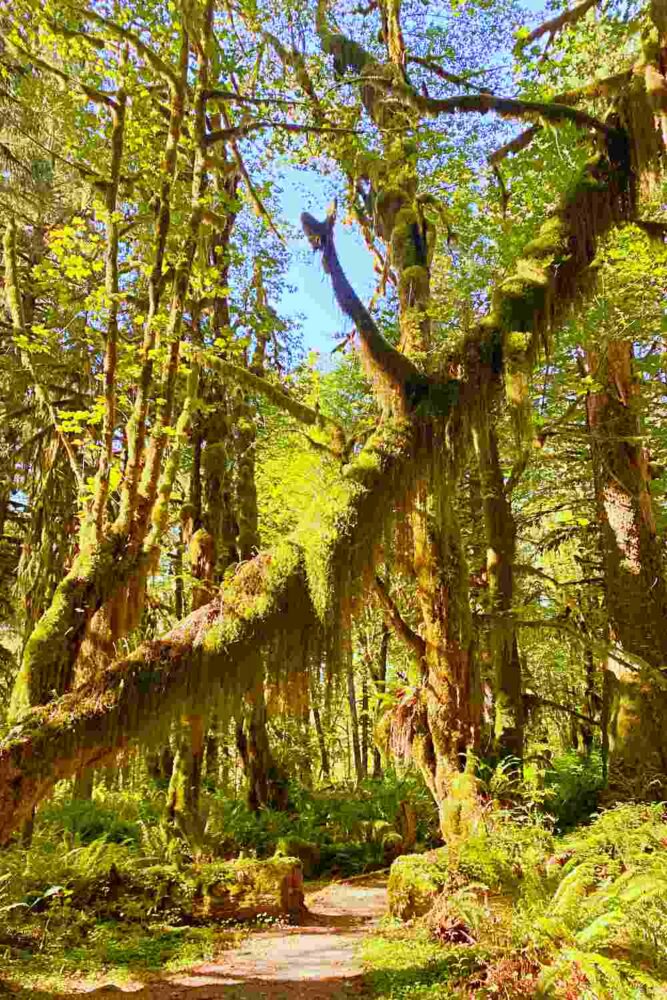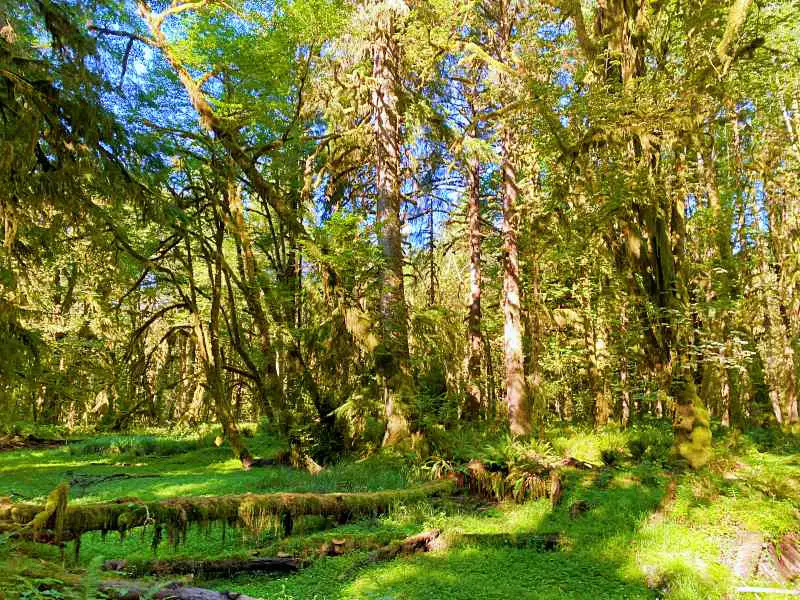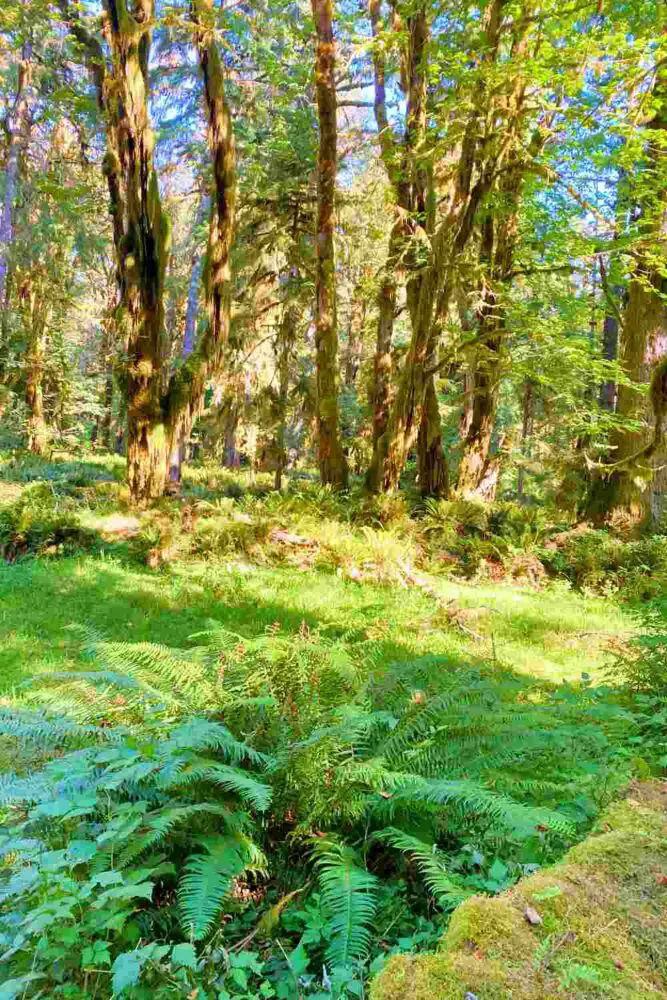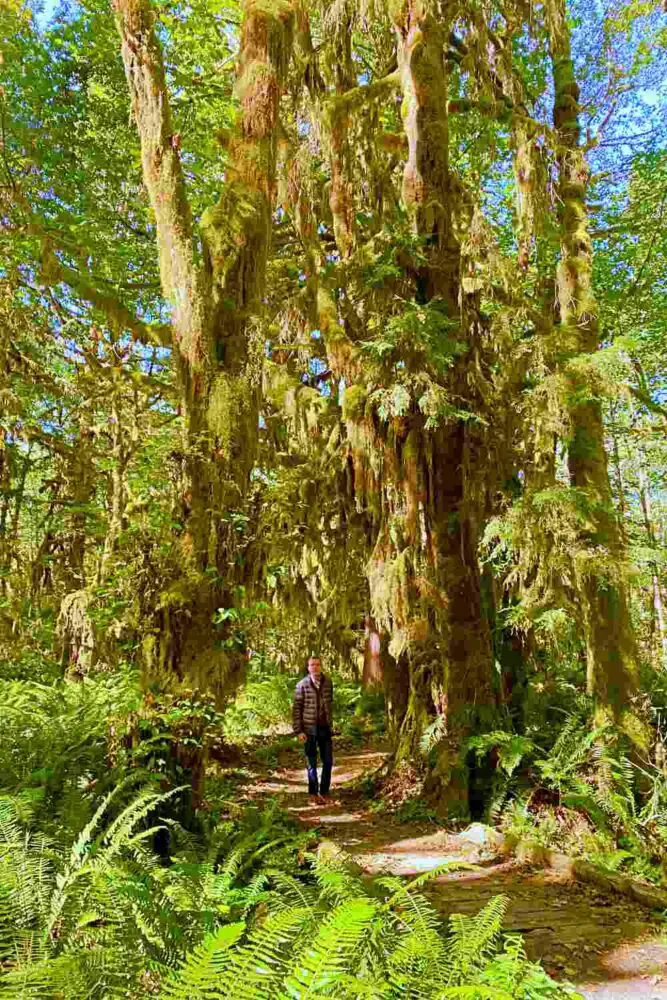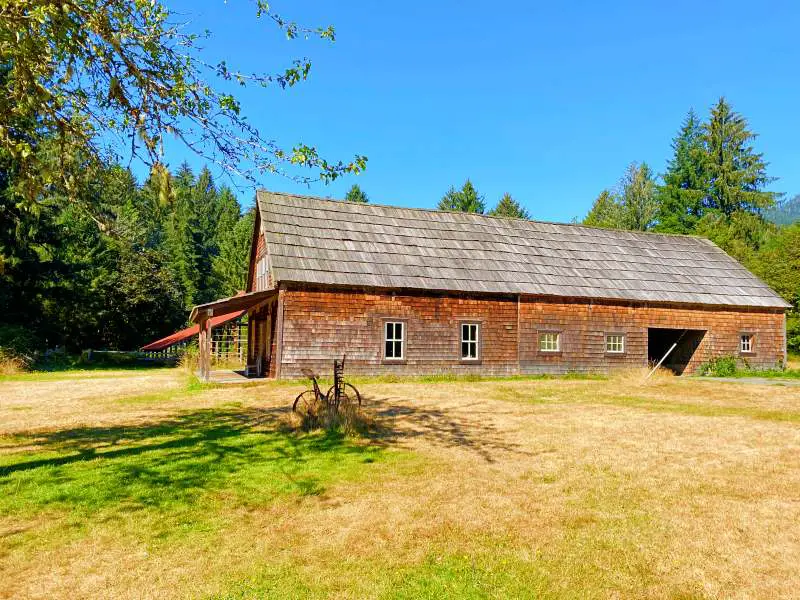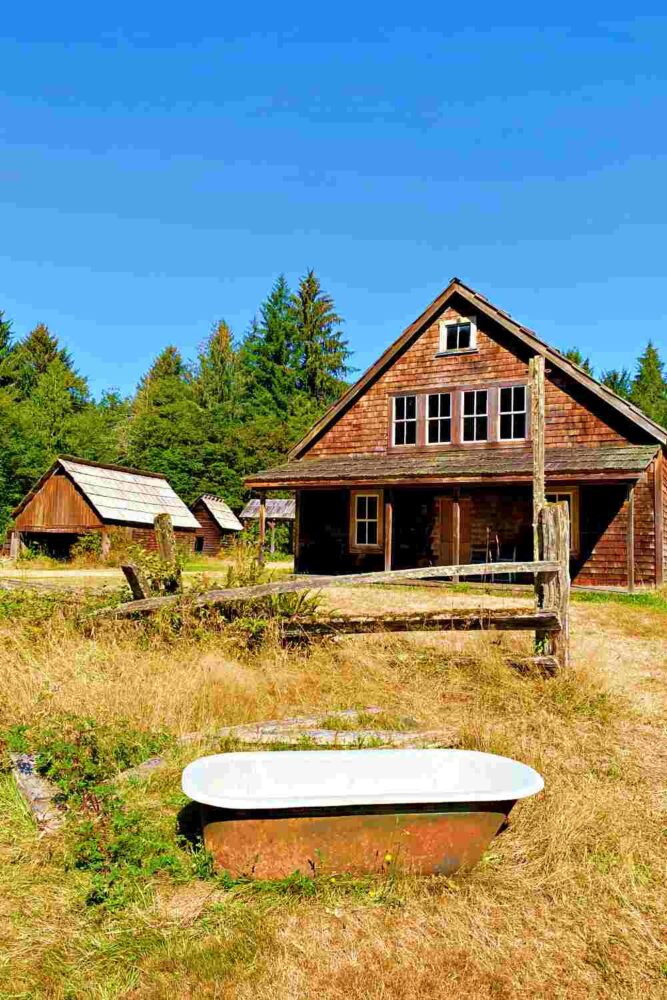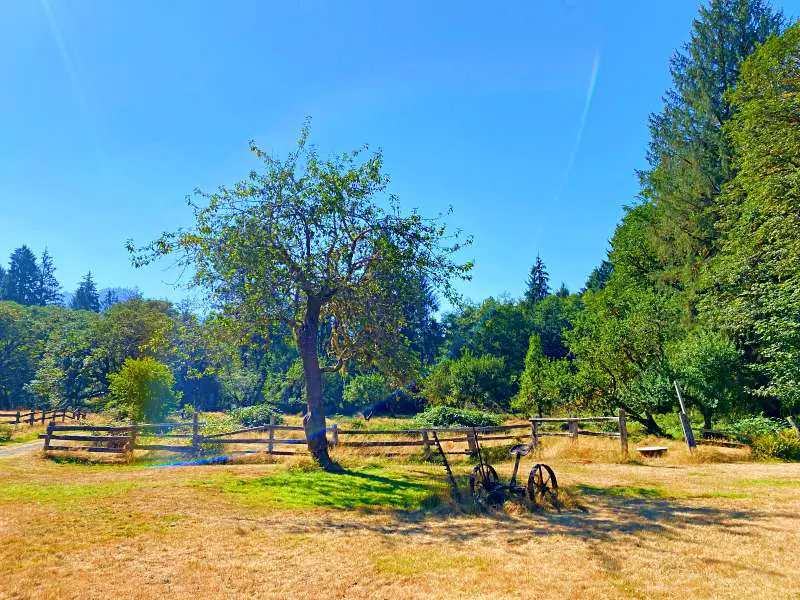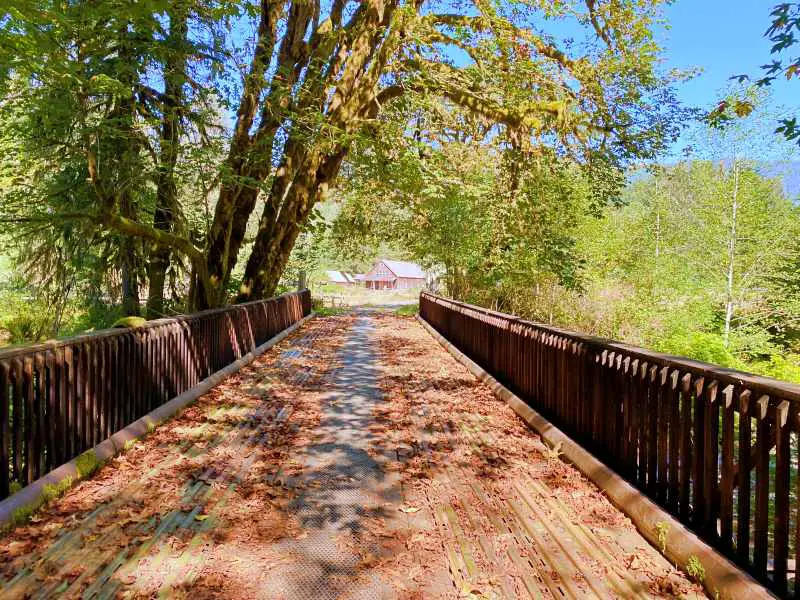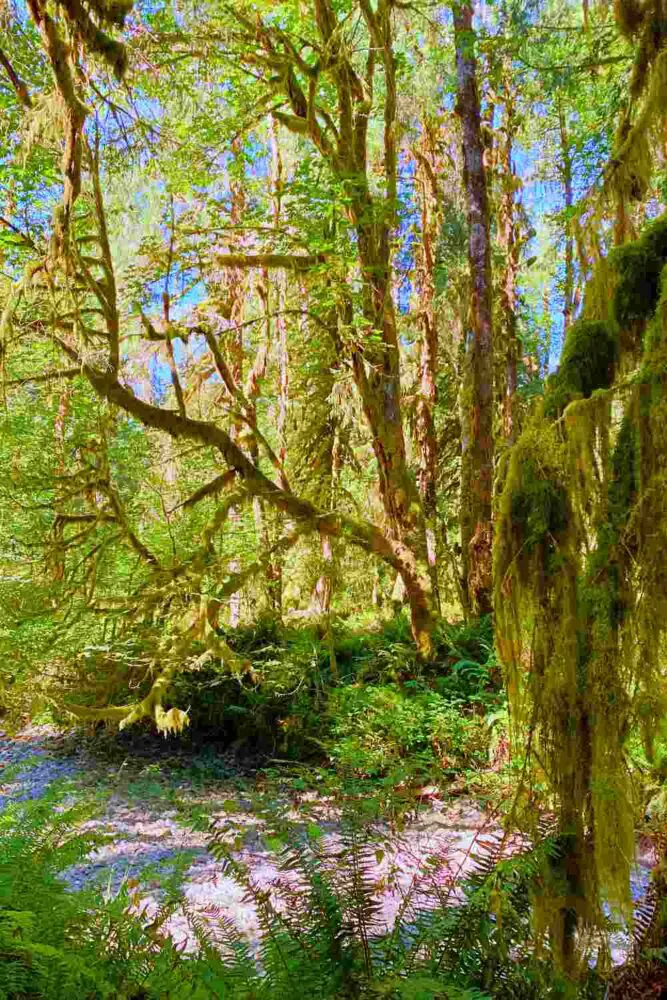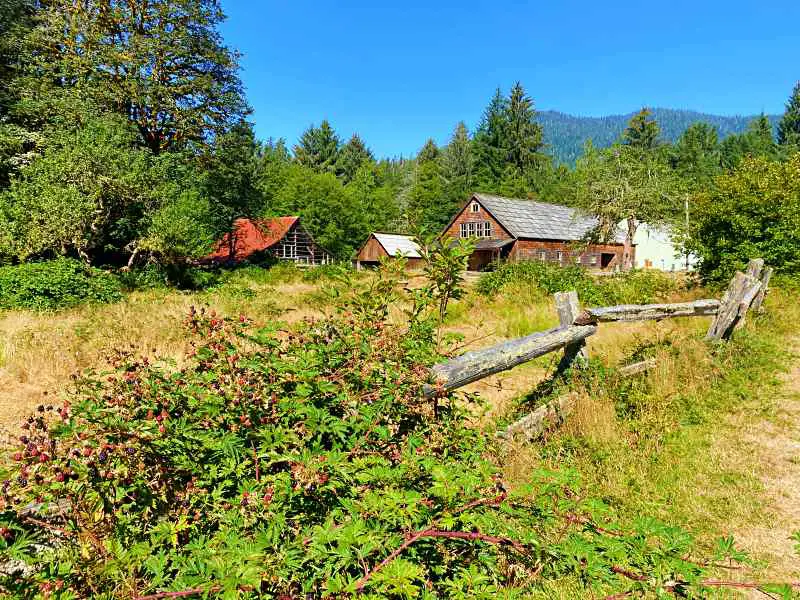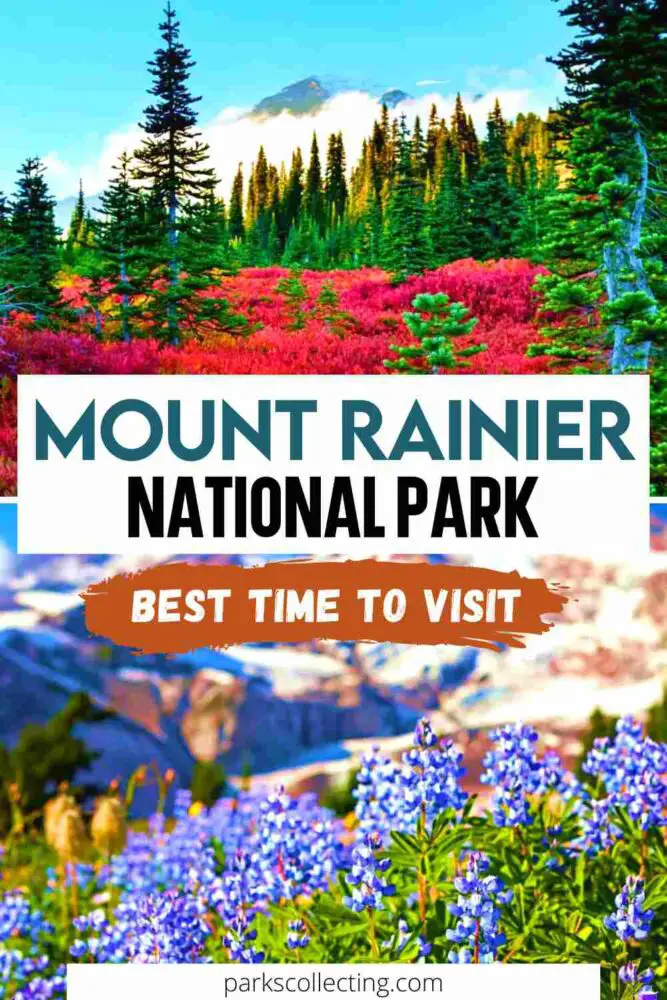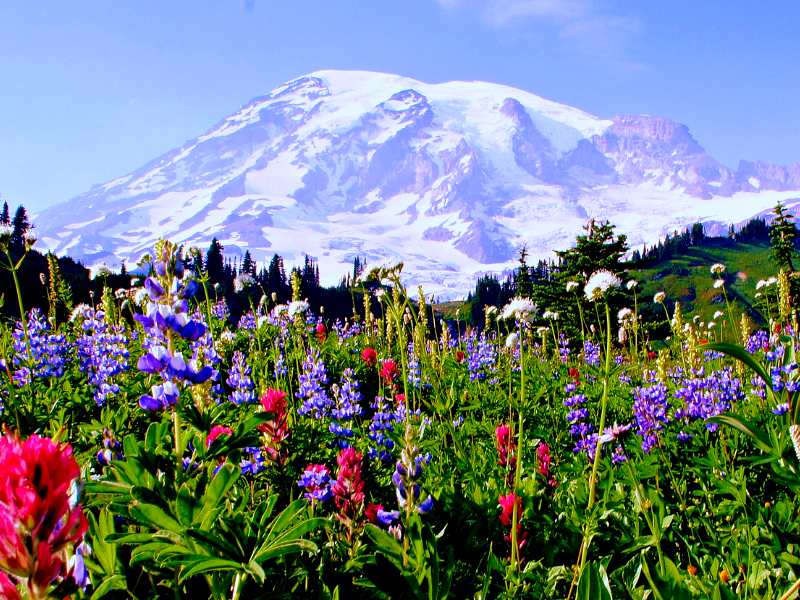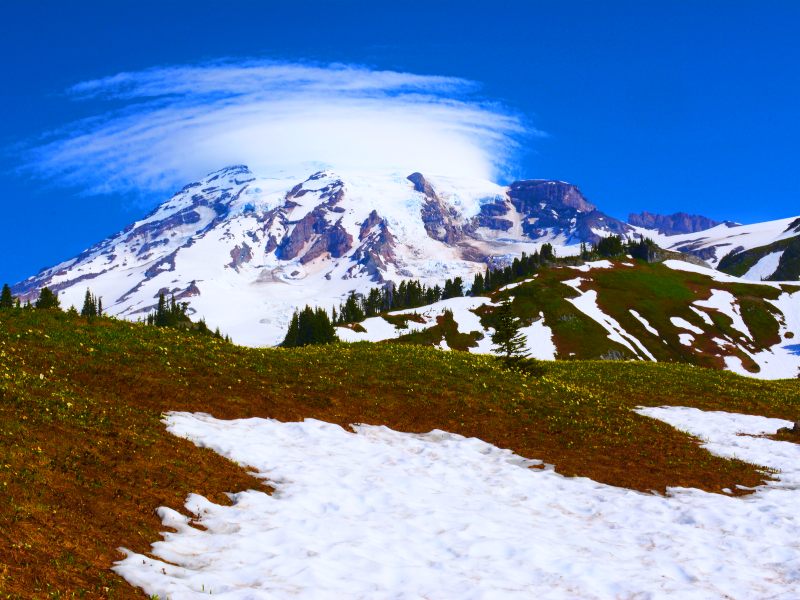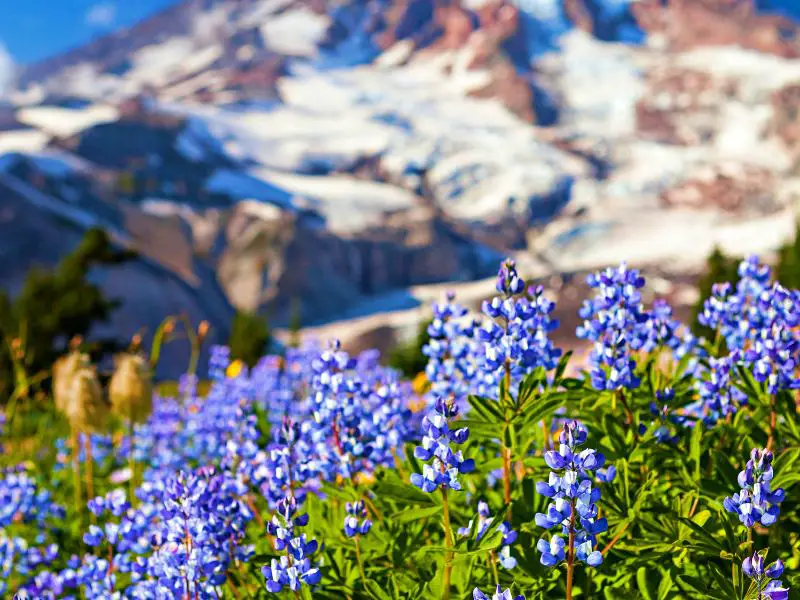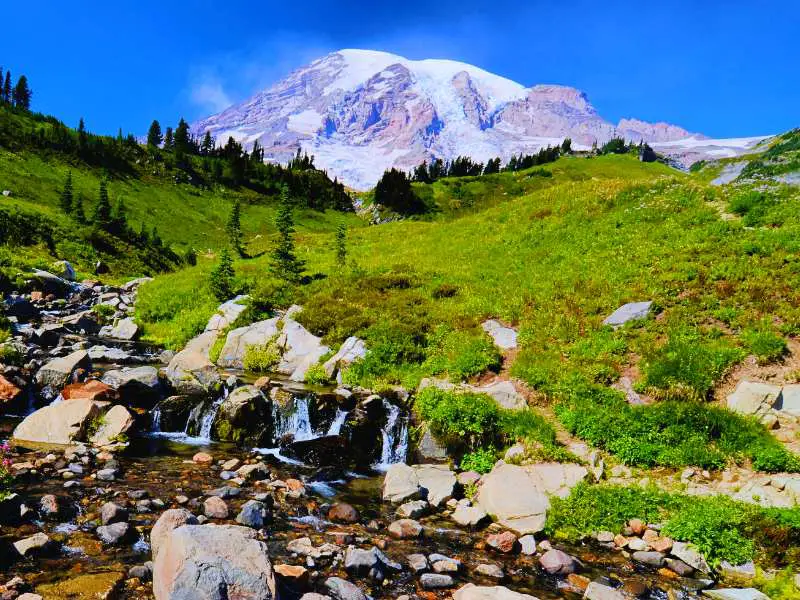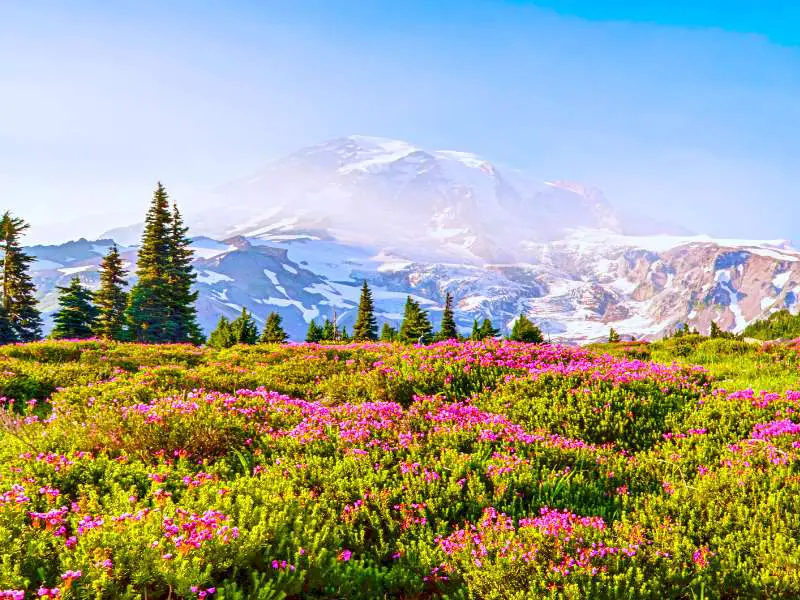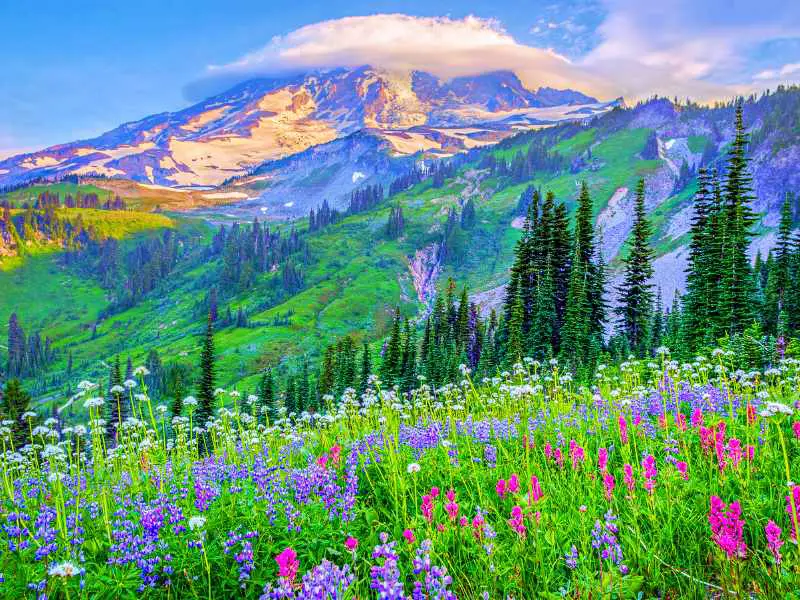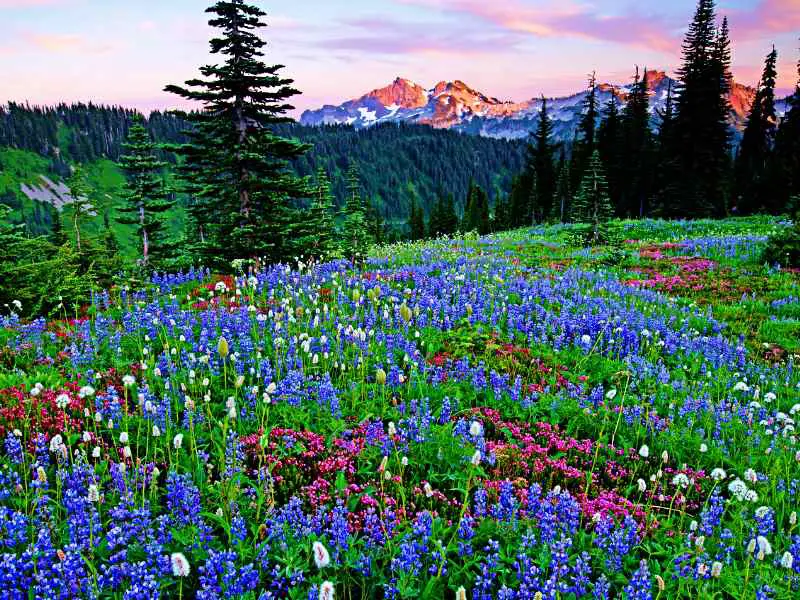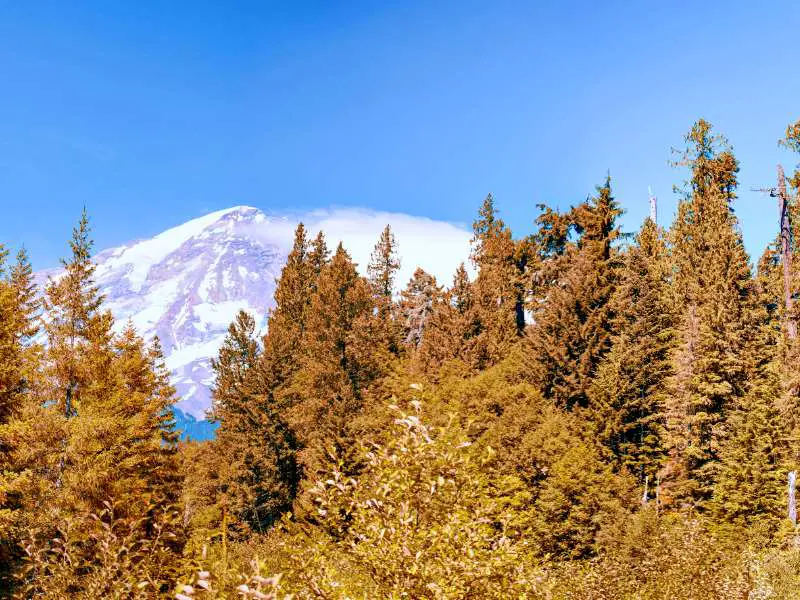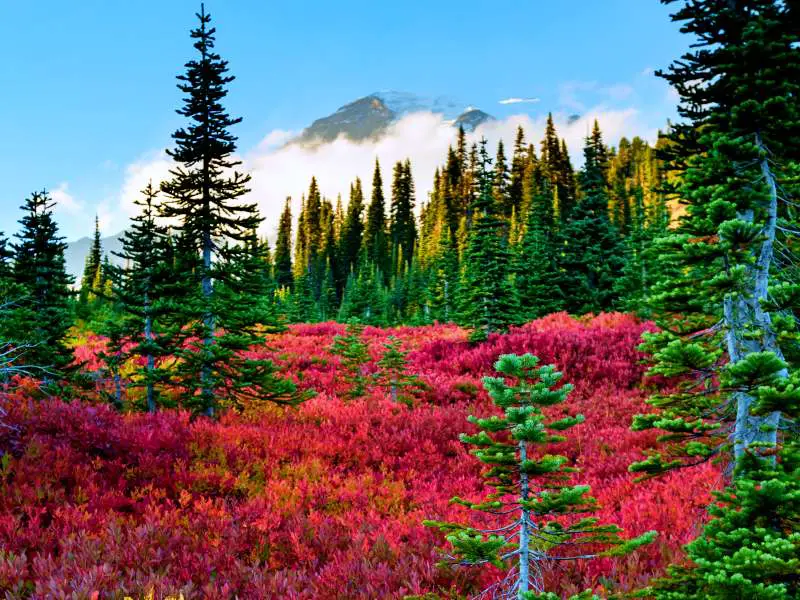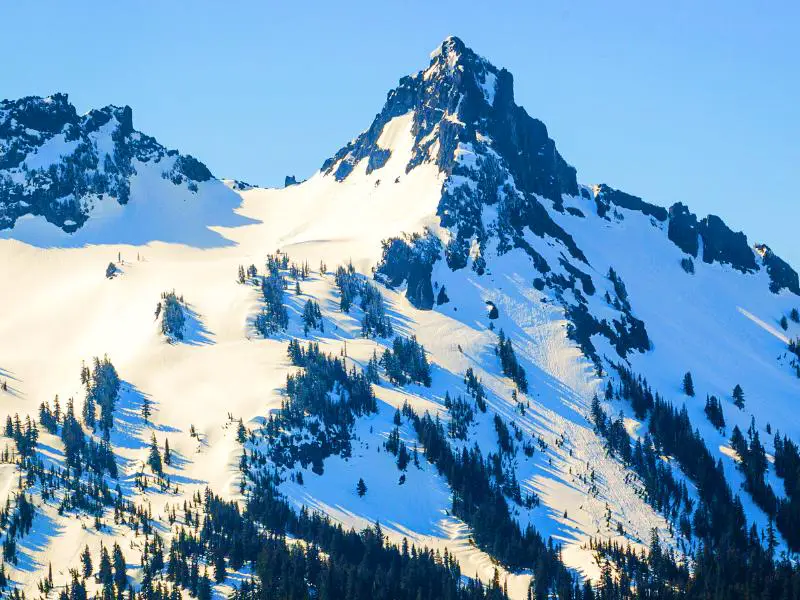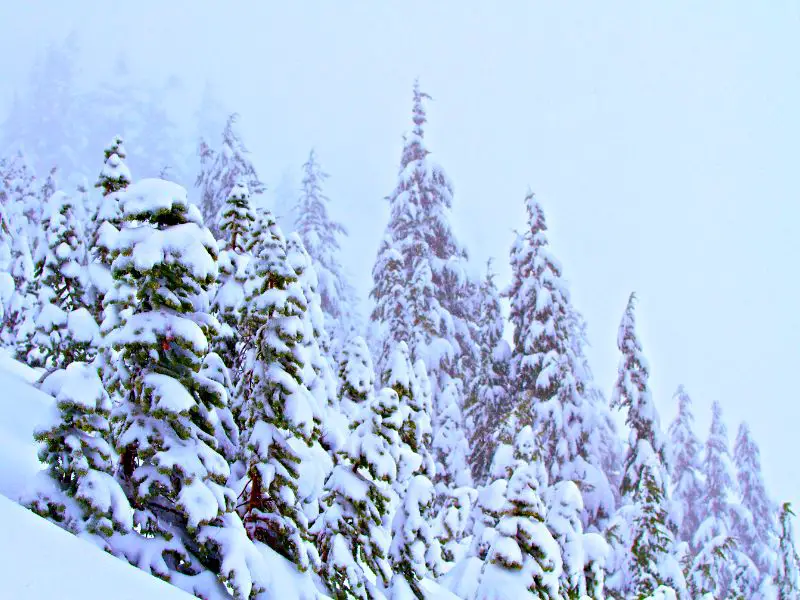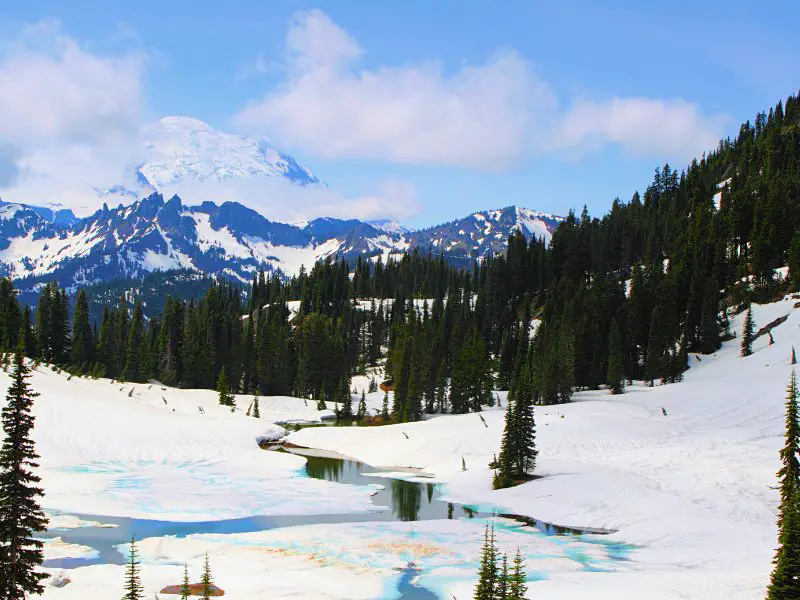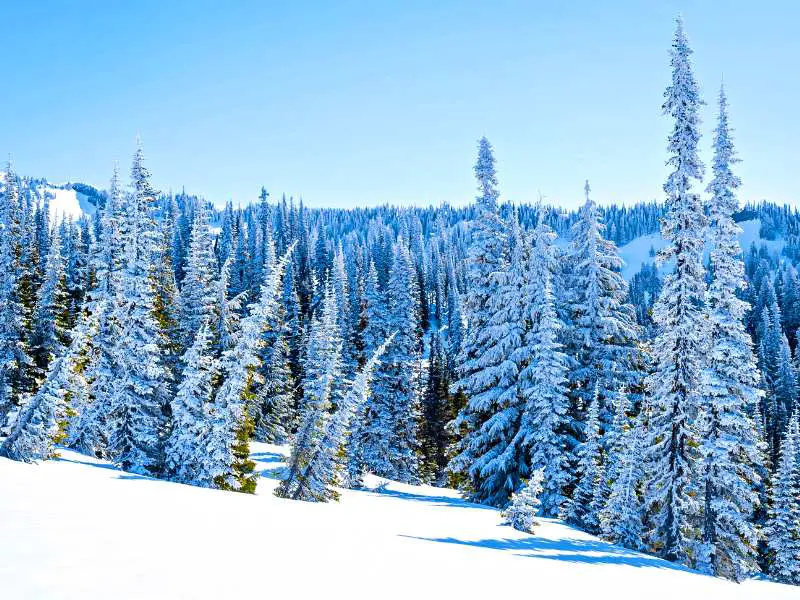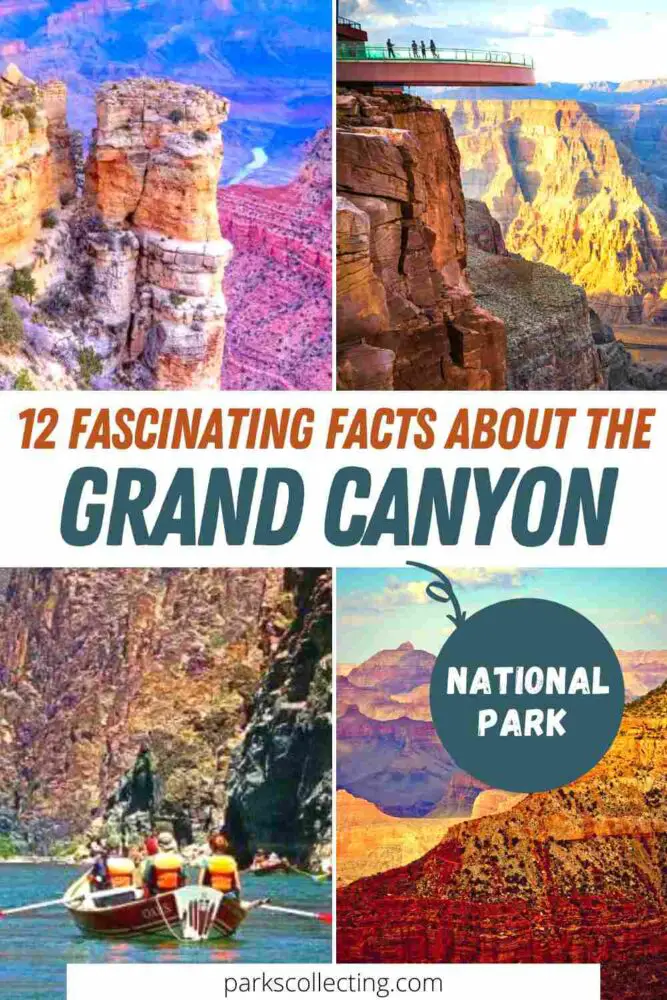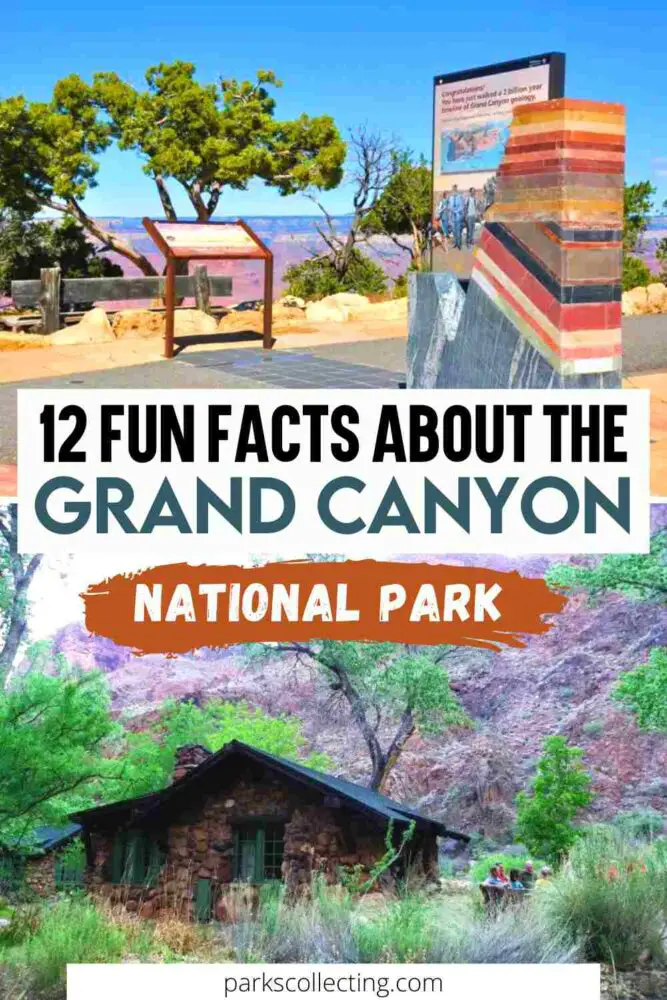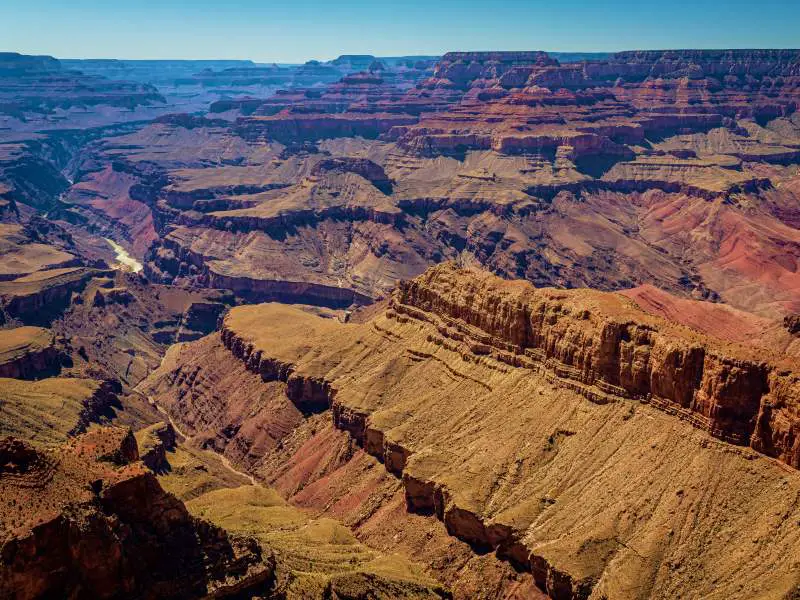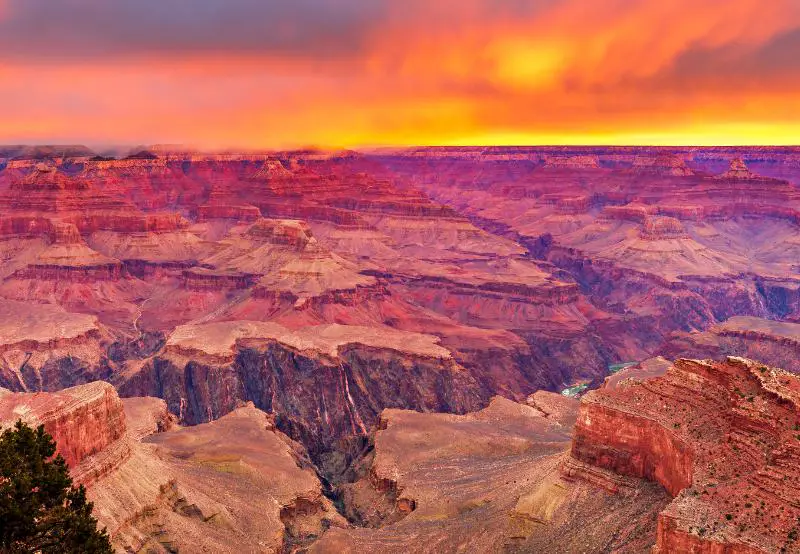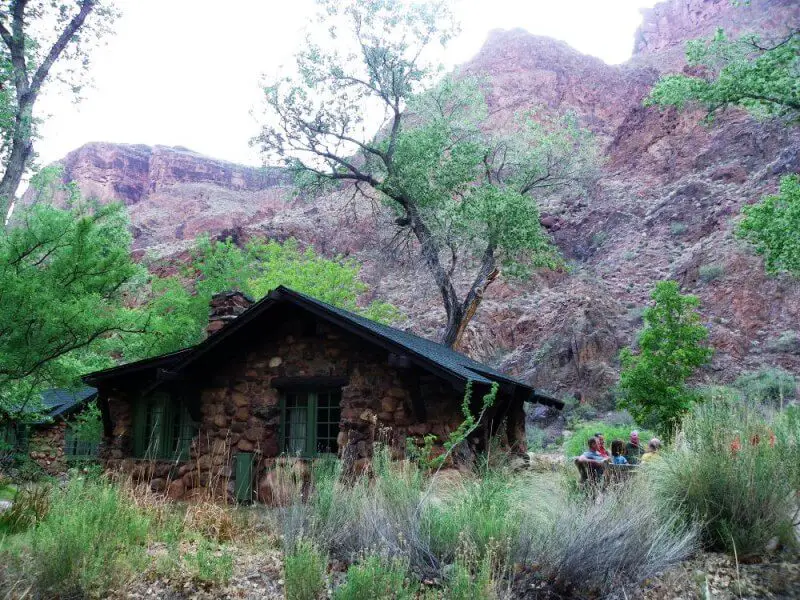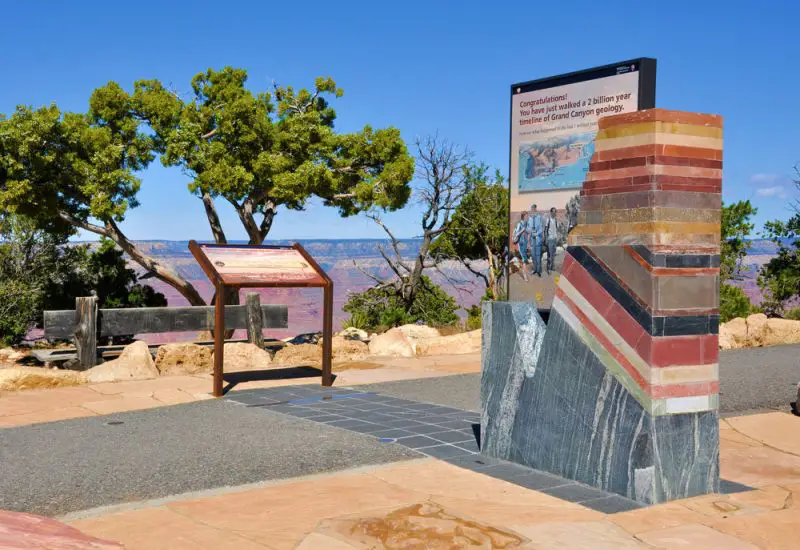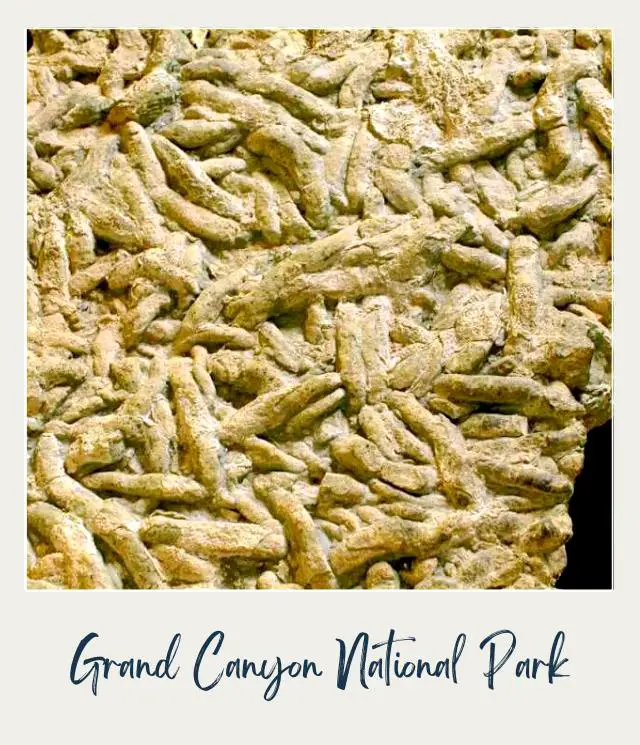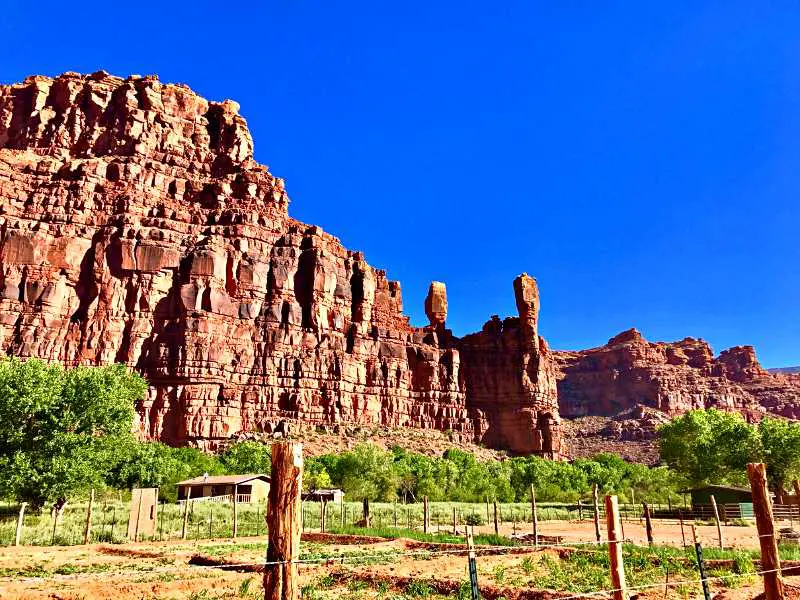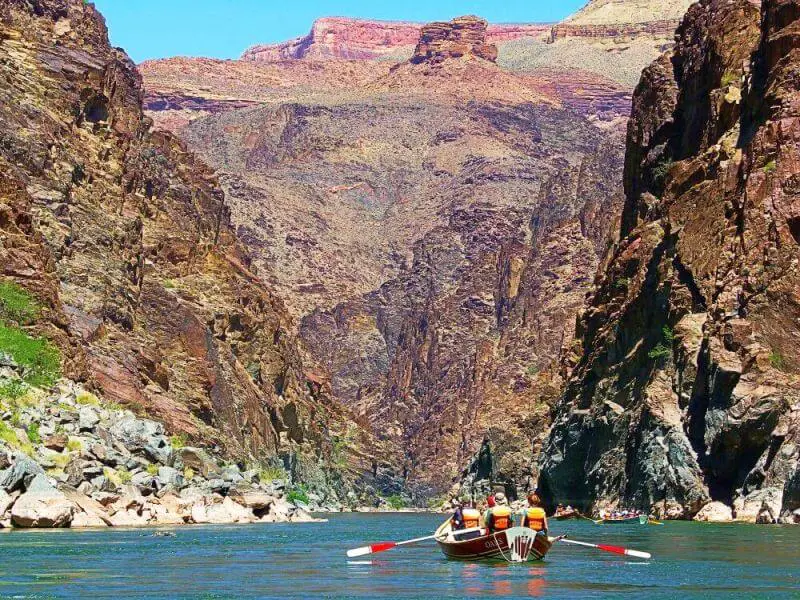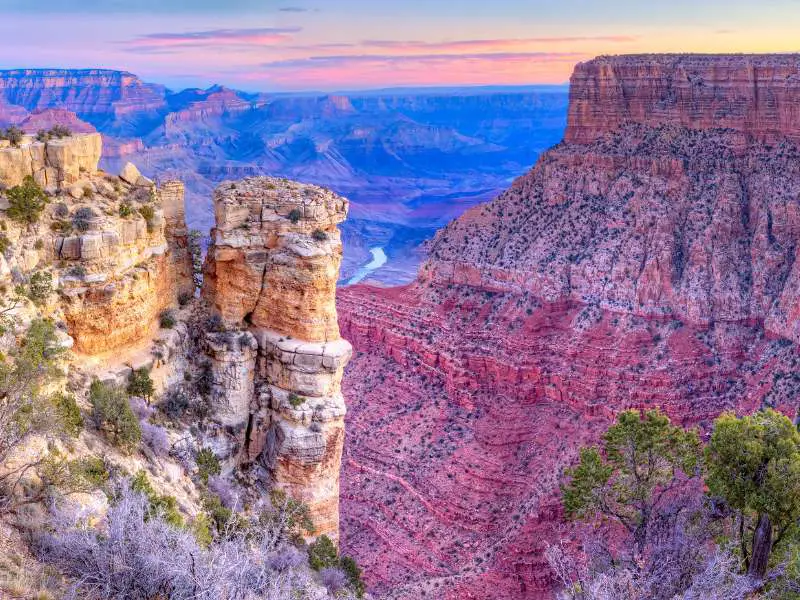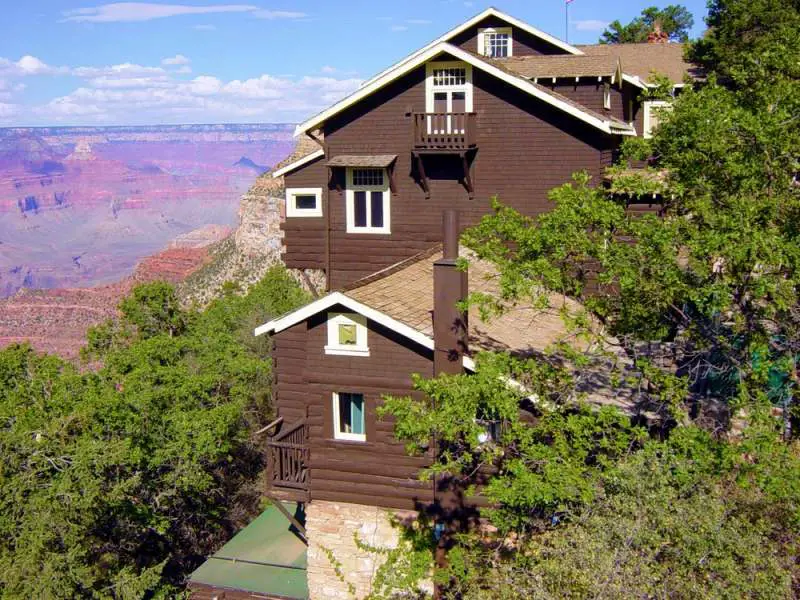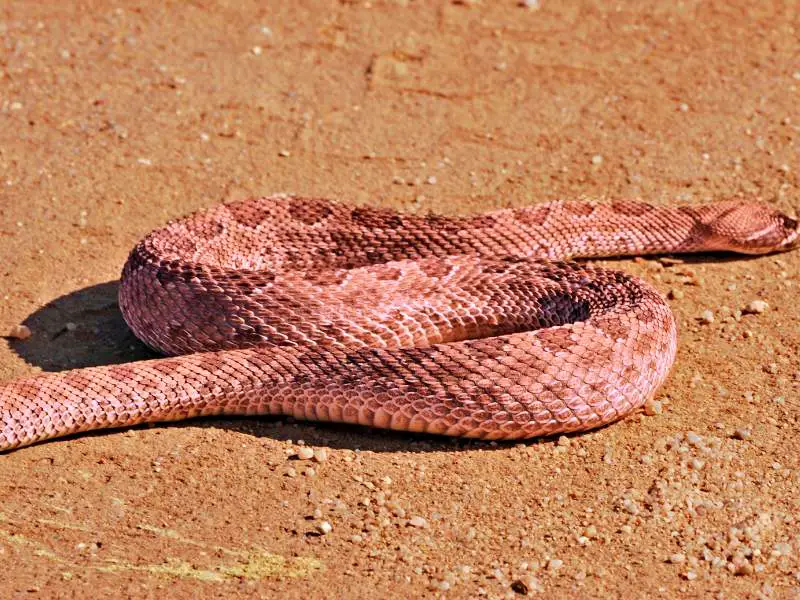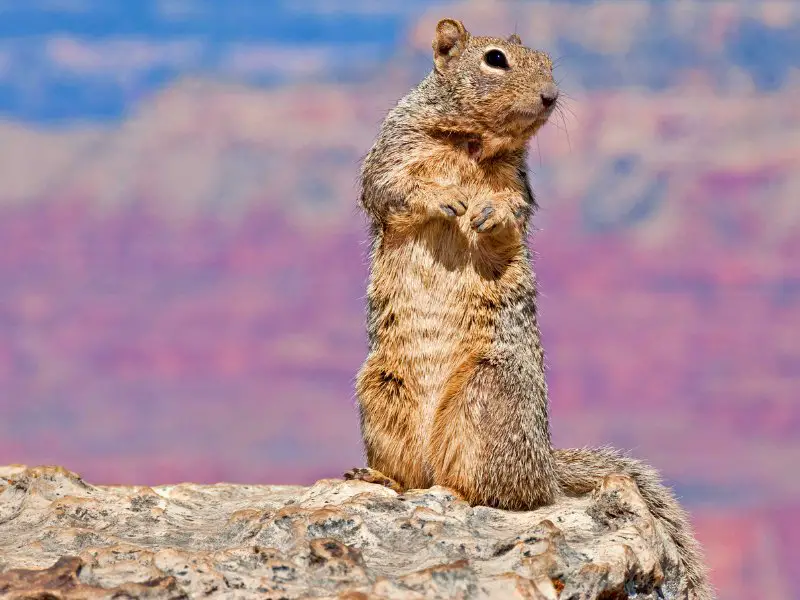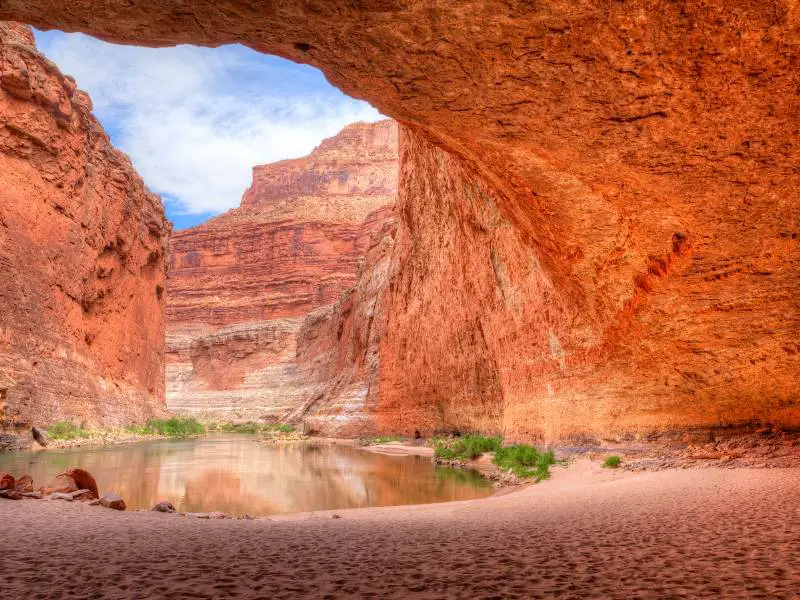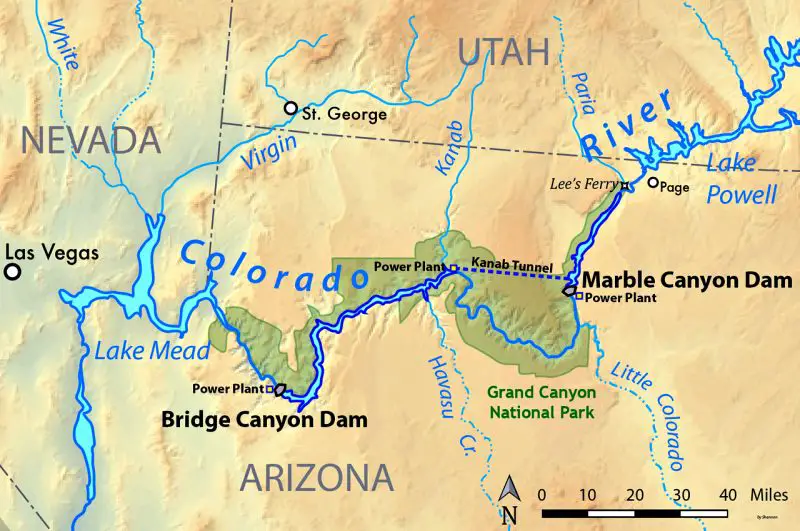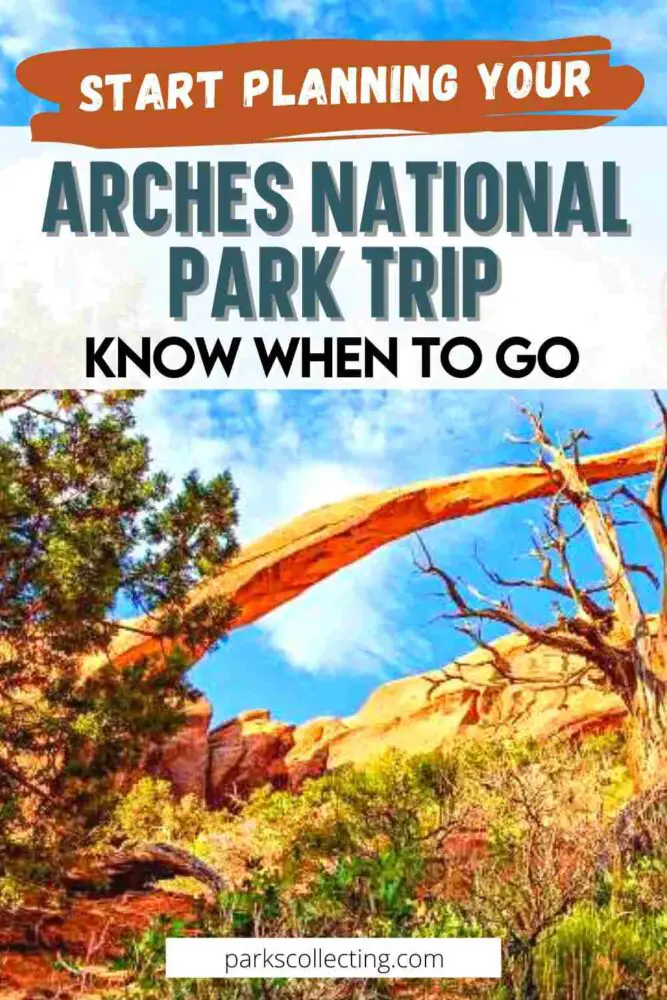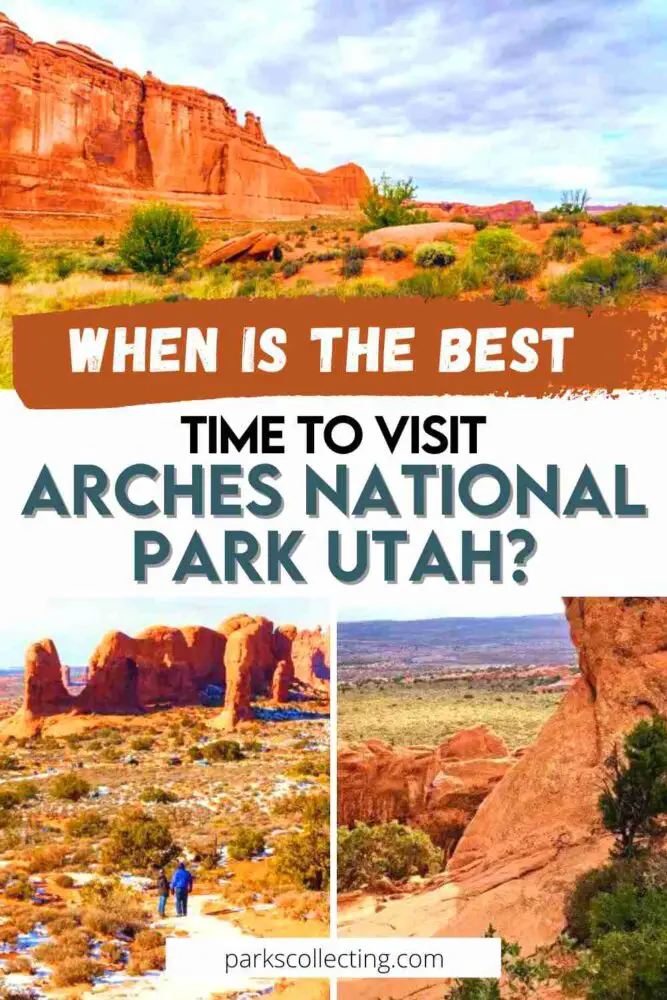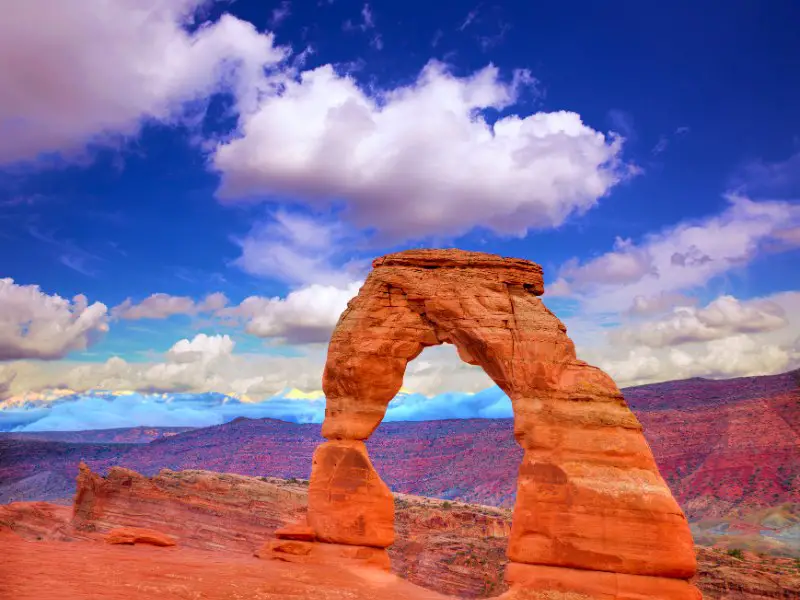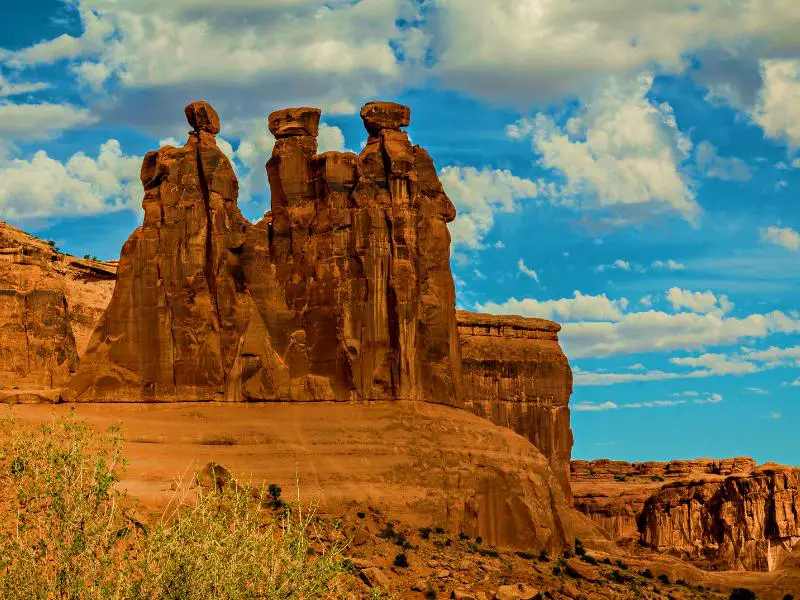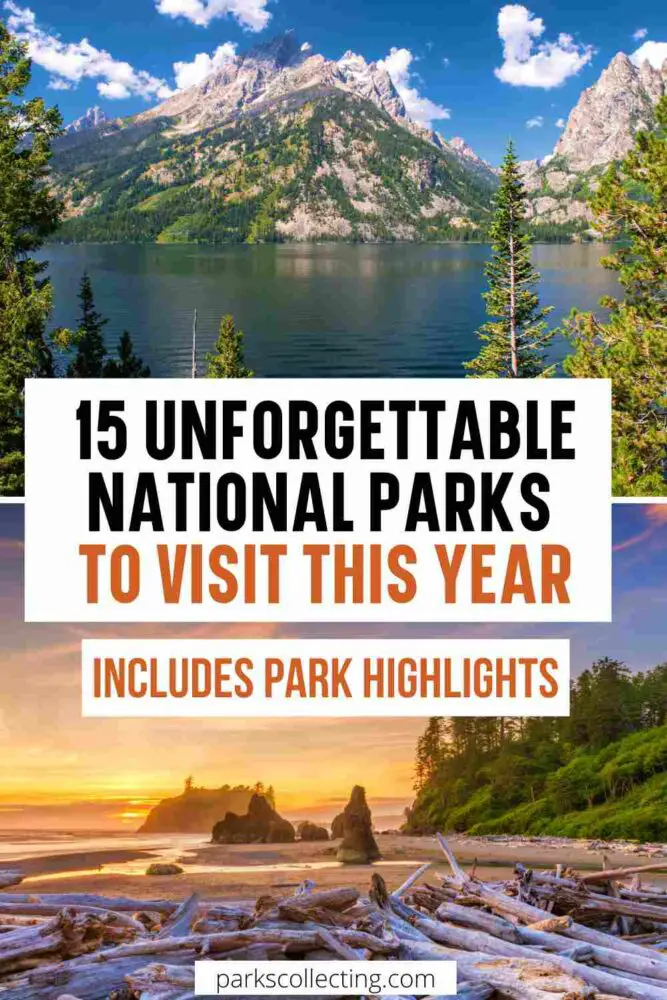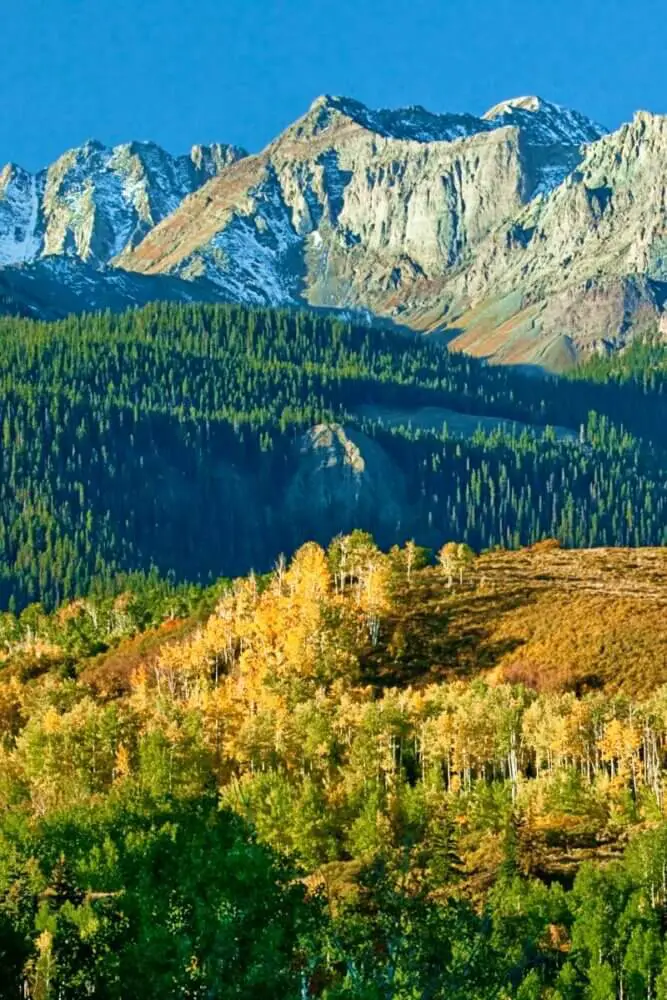The beaches in Olympic National Park are legendary. Strewn with gigantic driftwood and dotted with picturesque sea stacks offshore, they are often windswept and misty. They are places to wander, explore tidal rockpools, and soak in the majesty of nature.
And one of the most picturesque of them all is Rialto Beach.
Hole in the Wall is a natural arch carved by the sea in a rocky outcrop that creates a headland. Surrounded by dramatic pinnacles jutting out of the sand and rocky pools filled with colorful anemones, sea stars, and mollusks, this is a highlight of any trip to Olympic National Park.
Here is a complete guide to Rialto Beach, with everything you need to know about the hike to Hole In The Wall and more.
TOP TOUR: Book a tour to Rialto Beach Hole-in-the-Wall
TOP HOTEL PICK IN FORKS: Check availability now
FIND THE CHEAPEST CAR RENTAL: Search Discover Cars for the best deals
FIND THE CHEAPEST FLIGHTS: Search Skyscanner for the best deals
GET TRAVEL INSURANCE: Get insured with Travelex before you go
No time right now to read this guide to Rialto Beach – Hole in the Wall, Olympic National Park? Pin It and save it for later:


Please note this post may contain affiliate links, which means we may receive a commission, at zero cost to you, if you make a purchase through a link. Please see our full Disclosure for more information. If you have any questions, please contact me.
Subscribe to regular updates with tips for planning, travel inspiration and trip ideas and get instant access to the free PDF of this guide to
Rialto Beach – Hole in the Wall, Olympic National Park
Table of Contents
Guided tours of the Hole in the Wall beach hike
If you have your own vehicle and a reasonable level of fitness, it’s easy to do this hike yourself. However, if you don’t want to drive, prefer not to deal with the hassle of parking, or just want an expert guide to explain things along the way, an organized tour is a great option.
There are a couple of tours that include this hike on Rialto Beach.
Hoh Rain Forest and Rialto Beach Guided Tour
A full-day tour that leaves from Port Angeles and goes to the Hoh Rainforest and Rialto Beach. After a morning hiking the two main loops in the Hoh Rainforest and a quick stop in Forks, you’ll spend the afternoon on Rialto Beach where you can either join a guided hike led by an expert naturalist hiking guide or explore the coast at your own pace as time and tides permit.
Book the full-day guide tour from Port Angeles to Rialto Beach and Hoh Rainforest
Private Day Hike- Rialto Beach Tide Pooling
If you want more flexibility than a small group tour provides – and more time at the beach, then this private tour is the way to go. The 4-6-hour tour goes just to Rialto Beach and includes the hike to Hole in the Wall. The time of the tour varies to take advantage of the low tide, so you know you’ll get the most out of your time there. ** RECOMMENDED **
Book the private guided tour to Rialto Beach/ Hole in The Wall

Details of the Hike: Rialto Beach Hole in the Wall, Olympic National Park
Distance: 3.3 miles round trip
Type: Out-and-back
Elevation change: Minimal
Time: 1 – 1.5 hours + time spent there
Difficulty: Easy-moderate. It’s flat, but walking in soft sand can be tiring.
Trailhead: Rialto Beach parking lot
Highlights: Beach, driftwood, sea stacks, hole-in-the-wall natural arch, tide pooling
Fee: There is no special trail fee and you don’t pass through any Olympic National Park entrance station to enter Rialto Beach, so you can do this hike for free.
However, if you are going to enter other sections of Olympic National Park like Sol Duc, Hoh Rain Forest and Hurricane Hill, you’ll need to pay the Olympic National Park entrance fee. Plus, rangers do visit Rialto Beach to check for entrance passes.
Buy it online or, if you are planning to visit more than just Olympic National Park this year (Mount Rainier National Park and North Cascades National Park are both close), it can be great value to purchase an America The Beautiful pass.
Open: Open year-round

Rialto Beach Trail Map
You can use this Rialto Beach map – it’s perfectly sufficient for this hike, which is along the beach and back, so it’s impossible to get lost.
However, if you’re going to be doing more hiking in Olympic National Park, the Rialto Beach WA map won’t be enough and it’s worth getting a National Geographic topographic hiking trails map of Olympic National Park before you go.

The Hole in the Wall Hike (Rialto Beach) Description
From the parking lot, there is a flat, short path to the beach. This is one of the few Olympic beaches that doesn’t have stairs and/ or a sloped path.
The walk from the beach is also very short. So, this is one of the most accessible beaches on the Olympic Peninsula.
It’s a 1.65-mile walk along the beach to get to Hole in the Wall, but if you have limited mobility and just want to be on the beach and not walk very far, then Rialto Beach is a great option.

As you arrive on the beach, look around and behind you so that you notice what the entrance back to the parking lot looks like from the beach. This will help you easily find the path back on your return.

Look to your left and in the distance, you’ll see two islands. The small forested islands are called “James Island” and “Little James Island”.
You can walk left to see them closer, but this is the opposite direction from Hole in the Wall, so if time is limited, just turn right.

As you look down the beach to your right, you’ll see a rocky headland far in the distance. This is your destination, Hole in the Wall.

As you start to walk, keep an eye for birds and marine wildlife. It’s possible to see whales offshore in season (October – July, peaking in April-May), plus sea lions and otters. Birds often seen here include bald eagles and many types of sea birds.
I saw a small flock of brown pelicans playing at the water’s edge when I was there recently.

Another thing that’s hard to miss is the drift wood. Enormous logs formed from the trunks of fully grown trees, stripped bare by the elements, frequently line the edge of the beach.
The Olympic Peninsula is filled with forests and trees often fall into the rivers and then float down to the ocean. In the ferocious storms that are not uncommon in this region, enormous waves toss the trees up on to the beach, and the wind soon strips the bark from them.

You can also see the sea slowly encroaching on the forest and many of the trees at the water’s edge are dead or dying and eventually collapse on to the beach. Those same storms cause saltwater to surge among the trees, slowly killing them.
You can use the driftwood to make a fire if you are here in the evening, but it isn’t permitted to take any with you.

Another thing you’ll notice are the Rialto Beach sea stacks. Sea stacks are rocky outcrops in the ocean that are bigger than a rock and smaller than an island. Yes, that’s the official definition!
You’ll see many small stacks off shore pretty much the whole way, but the larger and closer stacks await as you get closer to Hole in the Wall.

About half way, in a bit less than a mile, you’ll come to Ellen Creek. Sometimes someone has created a log bridge over the shallow creek that hasn’t yet been washed away. Other times you may need to get your feet wet (you can take off your shoes to avoid getting your socks wet). Or, if it hasn’t rained much, you may not even notice that the creek is there at all, which was the case when I was there recently.
Ellen Creek is as far as dogs (on leashes) are allowed to go.
Soon after, you’ll get close to the Twin Rocks. These are two incredibly picturesque sea stacks right on the beach.

In this area, look off to the right for a kind-of-hard-to-find staircase heading up off the beach. They take you to a fairly short path that provides an elevated view of the sea stacks.
Return the way you came. The path does continue back down to the beach the other side, but it’s steep and not in great shape, so it’s easier to go back the way you came.

The beach now turns rockier.

A few hundred yards further along, you’ll come to Hole in the Wall. This is a natural arch carved by the sea over hundreds of years.

The area is a great place for exploring the tidal pools at low tide.

Make sure you have shoes that are OK walking on sharp rocks and have good traction and keep an eye on the water levels so you don’t accidentally get caught in an incoming tide. Walk carefully, as the wet rocks can be very slippery.

You will see mollusks, star fish and colorful anemones.

For the classic photo of the Twin Rocks seen through Hole in the Wall, go through the arch and then turn back, carefully framing the sea stack in the middle. This is only possible if the tide is out.
If it’s high tide, you can take the path above the beach to see the Hole in the Wall from an elevated angle.

When you’re done exploring the tidepools, you can either continue further along the beach or head back. If you go further, make sure you have enough time to return safely before the tide rises and blocks off your return path.
The view is different on the way back, as you see the Twin Rocks from a different angle.

What You Need To Take/ Wear on the Rialto Beach and Hole in the Wall, Washington Hike
- I recommend taking a rain jacket and wearing layers that you can take off or put on depending on the weather, which can change throughout the day. If you need one, I like this Columbia rain jacket for men and this Little Donkey Andy rain jacket for women.
- You will definitely want to take a camera. I love the GoPro HERO 12. It is designed for travel. It’s water resistant and durable and takes photos, video and even does streaming. Check current prices on the GoPro HERO 12 here
- Take water. There is a refill station at the parking lot, so you just need a refillable water bottle. I love this hydroflask. It’s easy to carry, keeps temperatures well, and comes in multiple colors.
- You’ll need shoes or boots suitable for walking on rocks (that you may get wet). If you’re visiting at low tide, you’ll want to explore the tidal rock pools, which involved walking on sharp rocks.
If you’re visiting at high tide, you’ll probably end up taking the costal path in the woods for at least part of the way.
So, in either instance, even though this is technically a beach walk, you’ll want to wear good hiking boots or shoes. If you need to get some, take a look at my Guide to Buying the Best Hiking Shoes/ Boots to help you know what to look for and get some recommendations.
My top pick is this pair of Salomon Gore-Tex boots. - Check my list of essential things to take and wear on a day hike to make sure you have everything else you need.

Tips for Hiking the Hole in the Wall Rialto Beach, Washington State
- Note the entrance/ exit to the beach so you recognize it when you return. After you’ve followed the short path from the parking lot to the beach, turn around and notice how the area looks from the beach. This will help you identify where to return to your car after the hike.
- Time the hike for low tide. You can hike along part the beach at high tide by scrambling over driftwood, but it’s often impossible to navigate the whole beach of the tide is very high. Plus, if you want to explore the rock pools and walk through the hole in the wall, you’ll need to visit at low tide.
If you’re there at high tide, when you get to the Hole in the Wall, you can use the overland trail that goes above the arch to get to the other side of the arch, where there are panoramic views along the beach.
Always time your visit around the tides so you don’t get stranded or forced to take the inland trail by an incoming tide. - Plan time for tide pooling. Although there is better tide pooling at Beach 4, the tide pools around the Hole in the Wall are worth exploring. Plan to arrive at the Hole in the Wall at least 30 minutes before the lowest tide so you have sufficient time to spend there before your return hike.
- Consider continuing along the beach. If there is sufficient time with the tides and you have the energy for the return trip, you can continue past the Hole in The Wall and go further along the beach. You’ll leave the crowds behind and often have the beach to yourself. However, don’t cross through Hole in the Wall when the tide begins to cover the floor of the arch!
- Don’t expect warm sunny weather, even in summer. The Pacific Northwest is much more famous for fog and rain than it is for sun. The beach is often shrouded in fog, even when it’s sunny inland, and it can rain at any time.
I recommend taking a raincoat with you. If you need a raincoat, I like this Columbia rain jacket for men and this Little Donkey Andy rain jacket for women.
Rialto Beach Hole in the Wall Tide Chart

It’s worth exploring the Rialto Beach tide pools around the Hole in The Wall. To do so – and to easily get along the beach to Hole in The Wall – you’ll need to visit at low tide. Plan to arrive at Hole in the Wall at least 30 minutes before the lowest tide.
I recommend checking the official tide chart here when you’re planning your trip so you can visit at the right time.
When you look at the tide chart, you may notice that some low tides are ‘negative tides’ meaning that they go below sea level. I am not sure how this is worked out, but the negative tides are best for tide pooling, as the water levels are the lowest. However, even regular low tides are fine for the Hole in the Wall tide pools.
Parking near Rialto Beach, Olympic National Park

The Rialto car park is at the main entrance to the beach and the start of this hike. It’s a good-sized park lot, but even so, it does fill up at peak times, especially in summer.
There are restrooms and drinkable water available at the parking area.
Rialto Beach Weather
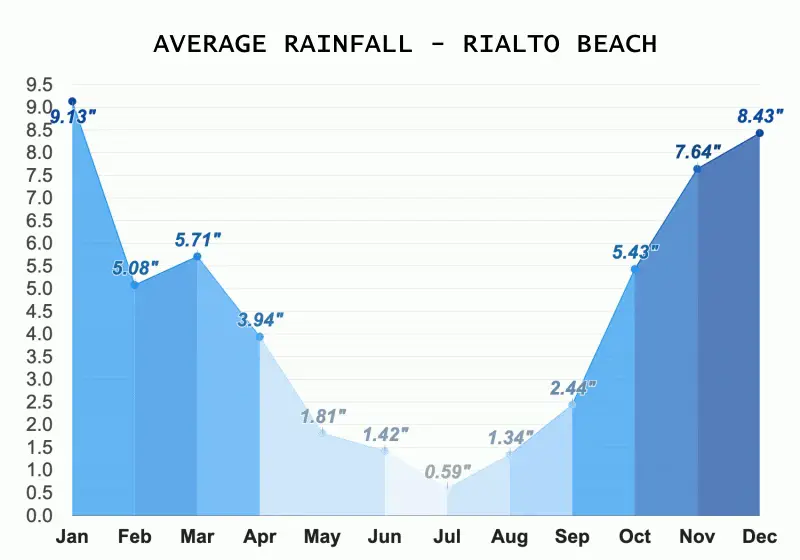
Summer is by far the most popular time to visit and this is also when the weather is by far the best. There is a lot less rain in summer, though rain and thunderstorms are possible at any time and it can be foggy on the coast even on sunny days. Temperatures are mild. August is the warmest month of the year, but even then, average temperatures are between 53.1°F and 64.8°F.
Winter is by far the wettest season. This is when the region gets the bulk of the rain – and it is a LOT of rain. Temperatures are surprisingly mild, though. The coldest month is December, with an average low-temperature of 40.6°F and an average high-temperature of 45.5°F.
Spring and Fall are similar but opposite. In spring, the temperature is rising and the rainfall is decreasing, while in fall, temperatures are falling and rainfall is increasing.
September is a lovely month with still very mild temperatures and not too much rain, but the other months are a mixed bag, with unpredictable weather.
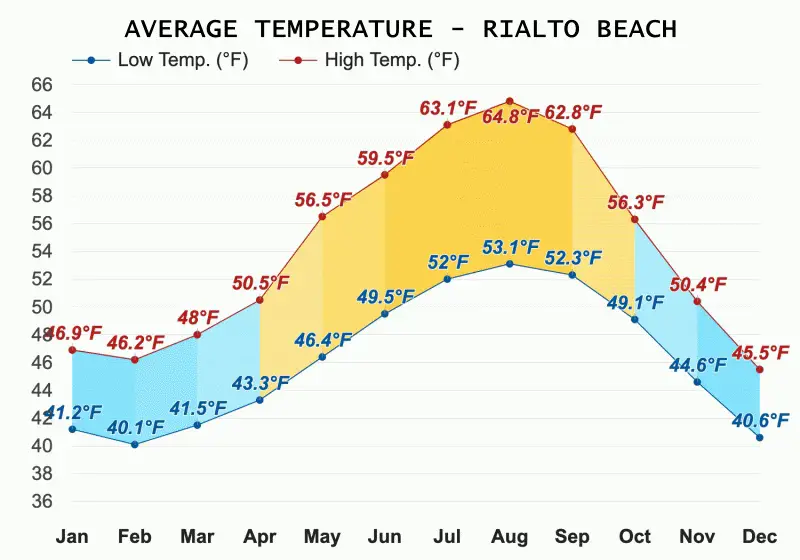
Directions to Rialto Beach
Where is Rialto Beach, Washington?
Rialto Beach lies at the end of Mora Road, which is a side road off La Push Road. Rialto Beach is about a 5-minute drive from Mora Campground. It’s 36 miles southwest of Lake Crescent, and about 75 miles from Port Angeles. Click here to see the Rialto Beach address on Google maps.
Rialto Beach directions from key departure points
Forks to Rialto Beach
Follow WA-101 north from Forks for 1.5 miles. Turn left onto La Push Road (WA-110). After 7.8 miles, take the turnoff to Mora Road on your right. After 5.0 miles, the road ends at the Rialto Beach parking lot.
Mora and Rialto Beach – La Push
Although they are super close as the crow flies, they are a 20-minute drive apart. From La Push, follow Front Street towards Forks. This turns into La Push Road (WA-110). Follow this for 5.5 miles. Then turn left onto Mora Road. Follow this for 3.2 miles and you’ll see the turnoff to Mora Campground on your left. Continue for another 1.8 miles. The road ends at the Rialto Beach parking lot.
Port Angeles to Rialto Beach
From Port Angeles, drive US-101 west for 55 miles. Turn onto SR-110 west for 7.7 miles. Then go right on Mora Road for 5 miles to the trailhead at road’s end.
Hoh Rainforest to Rialto Beach
Take Hoh Valley Rd/Upper Hoh Rd for 18 miles back to WA-101. Turn right and take WA-101 north for 14.6 miles. Drive through Forks. Another 1.5 miles from the center of Forks, take the turnoff to La Pish Road (WA-110) on your left. After 7.8 miles, take the turnoff to Mora Road on your right. After 5.0 miles, the road ends at the Rialto Beach parking lot.
Seattle to Rialto Beach
There are two main routes from Seattle to Rialto Beach.
The northern route heads out from Seattle via the Seattle – Bainbridge Ferry to Bainbridge Island. Check ferry times here.
Then get on WA-3 N in Poulsbo from WA-305 N. Follow WA-104 W and US-101 N for 113 miles through Port Angeles to WA-110 W/La Push Rd in Forks. Turn right onto La Push Road. After 7.8 miles, take the turnoff to Mora Road on your right. After 5.0 miles, the road ends at the Rialto Beach parking lot.
This trip takes a little under 4 hours, though travel times vary with the ferry schedule and traffic.
The southern route is only a little longer. Head south from Seattle to Tacoma. Follow I-5 S, WA-8 W, and US-12 W to 95190/Wynoochee Valley Rd in Grays Harbor County. Take the exit toward Devonshire Road from US-12 W. Continue on 95190/Wynoochee Valley Rd. Take 51800/Wynooche Wishkah Rd to US-101 N. Turn right onto US-101 N and follow 101 North for 91 miles, driving through Forks.
Another 1.5 miles from the center of Forks, take the turn off to La Pish Road (WA-110) on your left. After 7.8 miles, take the turnoff to Mora Road on your right. After 5.0 miles, the road ends at the Rialto Beach parking lot.
This route typically takes a little over 4 hours but doesn’t require a ferry.

Rialto Beach Hotels
There is no Rialto Beach lodging super close. But here are some good hotels near Rialto Beach, WA.
LUXURY OPTION: Woodlands Inn
Located in Forks, this isn’t a five-star resort, but does have very comfortable cabins with porches in a pleasant setting. Each cabin features a patio, a fully equipped kitchen with a microwave, a fireplace, a seating area with a sofa, a flat-screen TV, and a private bathroom with shower and a hairdryer. There are several bed configurations offered.
Check availability for Woodlands Inn
MID-RANGE OPTION: Red Lion Hotel
If you prefer to stay in Port Angeles, this is a very comfortable option. It’s located right on the harbor in downtown Port Angeles and many of the rooms have private balconies with ocean views. There’s a seasonal outdoor pool, a restaurant and lounge.
Check availability at Red Lion Hotel
BUDGET OPTION: Pacific Inn Motel
Located in Forks, this motel is a comfortable, clean option at a more affordable price. Rooms have private bathrooms, free WiFi, a flat-screen TV, and air conditioning. Some rooms have private balconies and family rooms are offered.
Check availability at Pacific Inn Motel
Rialto Beach Camping
There are two options for camping at Rialto Beach.
1. Mora Campground
This is an official NPS campground and is less than 5 minutes from Rialto Beach. I’ve stayed here and it’s a nice campground with sites for tents and RVs set amongst trees. There is a reservation system in effect for late May to late September. There are 94 sites available and you can book on recreation.gov. The rest of the year, it is first come, first-served.
Each campsite has a fire ring with a grate and picnic table. Potable water and flush toilets are located throughout the campground. No electrical hookups are available at any campsites, but there is an RV dump station available (summer only) for $10 ($5 for Senior or Access Passes).
2. Camping on Rialto Beach
You can camp on the beach itself if you have a tent and a permit. Because the beach is a short, flat walk from the parking lot, this is a great option if you want to experience the beach at different times of the day. There is something magical about waking up to the sight and sound of the ocean just outside your tent door.
You need to obtain a backcountry permit for camping on the beach. You can make your reservations here at the National Park Service website. Click on the “North Coast” and then “Hole-in-the-wall”.
If you want to do this, a few things to keep in mind:
- Bear Canisters are required. You can get some ultra-lightweight ones here.
- Be sure to set up your tent above the high-water mark (which is very close to the edge of the beach).
- If you are looking to get a tent, check my Guide to the Best Beach Camping Tents before you make a final decision.
- You can use driftwood to create a fire.
- There is no fresh water, so you’ll need to take all the water you need. There is potable water at the parking lot.
- Although access to the beach is short and easy, you’ll need to walk some distance to get to a campsite, so you’ll need to be able to carry all your gear with you.
- Check my Beach Camping Packing List to make sure you have all you need.
Rialto Beach, Forks, WA: FAQS
What is a hole in the wall at Rialto Beach?
Hole in the Wall is a natural arch carved in a rocky outcrop about 1.6 miles along Rialto Beach from the parking lot.
How do you get to the Hole in the Wall, Forks?
From Forks, follow WA-101 north for 1.5 miles. Turn left onto La Push Road (WA-110). After 7.8 miles, take the turnoff to Mora Road on your right. After 5.0 miles, the road ends at the Rialto Beach parking lot.
Can you take rocks from Rialto Beach?
Rialto Beach is within Olympic National Park, so it’s not permitted to remove/ collect rocks, driftwood or any other souvenirs from the beach.
Are there bathrooms at Rialto Beach?
There are restrooms are at the Rialto Beach parking lot, as well as drinkable water. According to the NPS, “a pit toilet may be available just south of Hole-in-the-Wall near the ‘split rock'”, though I haven’t seen it there.
Can you walk Rialto Beach at high tide?
It depends on how high the high tide is, but basically, no. Once the tide reaches about 6 feet, the water completely covers the beach and you’ll be left scrambling over driftwood and through the edge of the forest in parts.
There is a forest trail parallel to the beach that is accessible during high tide, but you won’t be able to reach Hole in the Wall on this path.
Can you see hole in the wall at high tide?
No. If Hole in the Wall is your destination, plan to arrive at Hole in the Wall at least 30 minutes before the lowest tide. This will give you time at the tide pools and plenty of time to return before the high tide cuts off the beach access.
Do you have to pay to go to Rialto Beach?
Rialto Beach lies inside Olympic National Park. Technically you need to pay the Olympic National Park entrance fee; however, there is no entrance station at the beach.
To be on the safe side (and support the parks), you can pay it at one of the entrance stations (Hoh Rainforest, Heart o’ the Hills, or Sol Duc) or buy it online. Or, if you are planning to visit more than just Olympic National Park this year (Mount Rainier National Park and North Cascades National Park are both close), it can be great value to purchase an America The Beautiful pass.
What is Rialto Beach famous for?
Rialto Beach is one of the most accessible beaches on the Olympic coast. A short path leads to the beach and ocean view. In summer, there’s a wheelchair accessible ramp on the path.
It’s also home to the famous Hole in the Wall natural arch.
Rialto Beach is a wonderful place to look for wildlife, from otters and seals to pelicans and bald eagles.
Why does Rialto Beach have so much driftwood?
One of the first things you notice when arriving at Rialto Beach is the enormous driftwood logs lining the beach. There’s a reason this is often called the “tree graveyard”.
There are two ways driftwood arrives at the beach. Trees in the forest on the Olympic Peninsula fall into rivers and then get washed down to the sea. Waves in powerful storms fling these enormous tree trunks up on the beach. Those same storms surge waves into the forest lining the beach, uprooting trees and weakening the roots of others, which then fall directly onto the beach.
What is the best time of year to go to Rialto Beach?
The best time of year to visit Rialto Beach is summer. Although the summer months are the busiest, this is also the warmest and driest time of year. Rain and fog are a possible at any time of the year, but this is when you have the best chance of nice weather.
Can you drive on Rialto Beach?
You can’t drive ON Rialto Beach, but you can drive right TO Rialto Beach. Unlike most of the Olympic Peninsula beaches that you need to hike to, the beach is a very short walk from the parking lot.
Can you have a fire on Rialto Beach?
Yes, campfires are permitted on Rialto Beach using driftwood found on the beach. However, you aren’t allowed to bring your own firewood to the beach or take firewood from the surrounding forest.
Can I bring my dog to Rialto Beach?
Yes. Leashed pets are allowed on Rialto Beach during the daytime until Ellen Creek, which is 0.8 miles from the parking lot. Camping with pets is prohibited, however.
Does Rialto Beach have tide pools?
Yes. There are plenty of tide pools all around Hole in the Wall, which is located 1.65 miles along Rialto Beach from the parking lot.
The tidal pools have purple and orange sea stars, colorful anemones, mollusks, sea grasses, nudibranchs tiny crabs. You’ll need to visit at low tide to see them, though.
Rialto Beach vs Ruby Beach: Which is better?
Rialto Beach and Ruby Beach are both iconic Pacific Northwest beaches. Both have enormous driftwood, offshore sea stacks and tidal pools.
Rialto Beach is easier to get to and more accessible – there is a short, flat path from the parking lot. To get to Ruby Beach, you need to hike a 0.25-mile trail down to the beach and usually need to climb over driftwood to reach the beach.
Ruby Beach is arguably a little more picturesque, but both are beautiful. Rialto Beach has the famous Hole in the Wall arch.
If you have time to visit both, I recommend doing so.
Travel Insurance for Olympic National Park – Rialto Beach, WA
You should definitely get travel insurance for your trip to Rialto Hole in the Wall. This can protect you not only against medical and emergency repatriation, but can also cover things like trip cancellation, loss and/ or theft of property, etc.
A great insurance option is Travelex. It has coverage for all you’ll need. You can choose the best travel insurance plan for your trip here or get a quote right now:
Enjoy the Rialto Beach hike!
You might also like
>> Olympic National Park Guide
>> The Best Olympic National Park Beaches
>> Best Lake Quinault Rainforest Hikes
>> Best Hoh Rainforest Hikes
>> Best Sol Duc Hikes
>> Best Lake Crescent Hikes
>> Best Hurricane Ridge Hikes
>> Guide to Visiting Hurricane Ridge
>> Best Waterfalls in Olympic National Park
Do you have any tips for the Rialto Beach trail to Hole in the Wall or questions about Rialto Beach hiking? I’d love to hear about them. Join my private Facebook group National Parks Collectors and comment and let me know (you can also pick up extra planning tips, share your photos and stories with other national park lovers and more).
Subscribe to regular updates with tips for planning, travel inspiration and trip ideas and get instant access to the free PDF of this guide to
Rialto Beach – Hole in the Wall, Olympic National Park
If you liked this post about the hike on Rialto Beach to Hole in the Wall, please share the love and Pin It to your Olympic National Park board!


Are you just starting to think about taking a national parks trip? Get Inspiration
Are you starting to plan a trip to Olympic National Park? Read my Guide to Olympic National Park
Are you looking for a place to stay? Seach accommodation guides
Are you ready to book your trip? Use these Planning and Booking Resources
Do you want to read a book about national parks? Check out my Recommended Reading List
About the Author

James Ian is a national park, camping and hiking expert.
He has dedicated his life to travel, visiting more than 80 countries, all 7 continents and all of the main national parks in the United States. With over 35 years experience in the travel industry, James has worked on cruise ships, at resorts and hotels, and as a travel planner who’s helped hundreds of people plan successful trips to US national parks.
Based on his experience visiting our national parks multiple times, in-depth research and expertise as a travel planner, James has published detailed itineraries for most of the major national parks in the US. These itineraries, as well as in-depth park guides, comprehensive camping and hiking gear reviews and buying guides, and helpful packing lists and gift guides will help you have your own incredible trip to US national parks without stress and hassle.
As a national park expert, James has contributed to many publications, including Time Business News, Savoteur, Best Trip, and Wired.
Parks Collecting is a participant in the Amazon.com Services LLC Associates Program, an affiliate advertising program designed to provide a means for sites to earn advertising fees by advertising and linking to amazon.com. Amazon and the Amazon logo are trademarks of Amazon.com, Inc. or its affiliates. As an Amazon Associate I earn from qualifying purchases.




